iPhone 7 Plus Not Connecting To Bluetooth? Here's Why & The Fix.
Your iPhone 7 Plus won't connect to Bluetooth and you don't know what to do. Your iPhone 7 Plus is designed to easily connect to Bluetooth devices such as keyboards, headphones, or speakers. In this article, I'll explain what to do when your iPhone 7 Plus is not connecting to Bluetooth and show you how to fix the problem for good.
What's Causing My iPhone 7 Plus Bluetooth Problem?
To connect your iPhone 7 Plus to Bluetooth devices, we need to make sure you have a few things in place. First, make sure that you have your iPhone 7 Plus and Bluetooth device in range of each other. Most Bluetooth devices have a range of about 30 feet, but as you go through this article, keep your iPhone 7 Plus and Bluetooth device right next to each other.
Secondly, make sure that you've turned on Bluetooth on your iPhone. You can turn on Bluetooth in Control Center by swiping up from below the bottom of your iPhone 7 Plus screen and tapping the Bluetooth icon, which looks like a "B." You'll know Bluetooth is turned on when the icon is white inside of a blue circle. ![]() If you enjoy using Siri, you can also turn on Bluetooth by activating Siri and saying, "Turn on Bluetooth."
If you enjoy using Siri, you can also turn on Bluetooth by activating Siri and saying, "Turn on Bluetooth."
What's Really Causing My iPhone 7 Plus Bluetooth Problem?
At this point, we can't be sure. The Bluetooth functionality of your iPhone 7 Plus is controlled by the same antenna that helps your iPhone connect to Wi-Fi networks. So if you noticed that both Bluetooth and Wi-Fi stopped working around the same time, you may have a hardware issue. But, we can't be sure of this yet, so follow our step-by-step guide to diagnose what's causing your problem so you can fix it for good!
Fix An iPhone 7 Plus That Is Not Connecting To Bluetooth?
8 Steps TotalTurn Your iPhone Off And Back On
When you turn off your iPhone, the operating system shuts down all the little background programs that keep your iPhone running. When you turn your iPhone back on, all those little background programs start fresh, and sometimes that’s enough to fix a simple software glitch.
How Do I Turn My iPhone Off And Back On?
- Press and hold the power button (iPhones without Face ID) or the side button and either volume button (iPhones with Face ID) until "slide to power off" appears on the screen.
- Use your finger to swipe the red power icon across the screen from left to right.
- Wait for your iPhone to turn all the way off. This may take up to 30 seconds.
- To turn your iPhone on again, press and hold the power button (iPhones without Face ID) or side button (iPhones with Face ID) again until the Apple logo appears on the screen.
- Let go of the power button or side button and wait for your iPhone to turn on.
Applies To: iPhone 5,iPhone 5S,iPhone 5C,iPhone 6,iPhone 6 Plus,iPhone 6S,iPhone 6S Plus,iPhone SE,iPhone 7,iPhone 7 Plus,iPhone 8,iPhone 8 Plus,iPhone X,iPhone XS,iPhone XS Max,iPhone XR,iPhone 11,iPhone 11 Pro,iPhone 11 Pro Max,iPhone SE 2
View MoreTurn Bluetooth Off And Back On Again
Turning Bluetooth off and back on again is sometimes enough to fix minor connectivity issues between your iPhone and Bluetooth devices.
How Do I Turn Bluetooth Off And Back On Again?
There are three ways to turn Bluetooth off and back on:
In The Settings App
- Open the Settings app.
- Tap Bluetooth.
- Tap the green switch next to Bluetooth to turn it off. You'll know Bluetooth is off when the switch is gray.
- Tap the switch again to turn Bluetooth back on. You'll the Bluetooth is on when the switch turns green.
In Control Center
- Open Control Center by swiping up from below the bottom of the screen (iPhones without Face ID) or down from the upper right-hand corner of the screen (iPhones with Face ID).
- Tapap the Bluetooth icon, which looks like a "B" made of triangles. You'll know Bluetooth is off when the icon is black with a gray background.
- To turn Bluetooth back on, tap the Bluetooth icon once again. You'll know Bluetooth is on when the icon is white with a blue background.
Using Siri
- Open Siri by pressing and holding the Home button (iPhones without Face ID) or the side button (iPhones with Face ID) until Siri appears, or by saying, "Hey Siri."
- To turn off Bluetooth, say, "Turn off Bluetooth."
- To turn Bluetooth back on, say, "Turn on Bluetooth."
Applies To: iPhone 5,iPhone 5S,iPhone 5C,iPhone 6,iPhone 6 Plus,iPhone 6S,iPhone 6S Plus,iPhone SE,iPhone 7,iPhone 7 Plus,iPhone 8,iPhone 8 Plus,iPhone X,iPhone XS,iPhone XS Max,iPhone XR,iPhone 11,iPhone 11 Pro,iPhone 11 Pro Max,iPhone SE 2
View MoreTurn Bluetooth Pairing Mode Off And Back On Again On Your Bluetooth Device
Turn pairing mode off and back on again on your Bluetooth device can sometimes fix minor software glitches and connectivity issues between your Bluetooth device and iPhone.
- Press and hold the Bluetooth pairing button or switch on your Bluetooth device until the device comes out of pairing mode.
- To put the device back in pairing mode, press and hold the Bluetooth pairing mode button.
Applies To: iPhone 5,iPhone 5S,iPhone 5C,iPhone 6,iPhone 6 Plus,iPhone 6S,iPhone 6S Plus,iPhone SE,iPhone 7,iPhone 7 Plus,iPhone 8,iPhone 8 Plus,iPhone X,iPhone XS,iPhone XS Max,iPhone XR,iPhone 11,iPhone 11 Pro,iPhone 11 Pro Max,iPhone SE 2
View MoreTry Pairing Your iPhone To A Different Bluetooth Device
When you have trouble connecting your iPhone to a Bluetooth device, you can diagnose whether the problem is coming from your iPhone or the Bluetooth device by attempting to pair your iPhone with a different Bluetooth device. If your iPhone connects to one device but not the other, then you've identified that the connectivity issue is being caused by the particular Bluetooth device, not your iPhone.
How Do I Try Pairing My iPhone To A Different Bluetooth Device?
- To pair your iPhone to a different Bluetooth device, make sure your iPhone has Bluetooth turned on and your Bluetooth device is in pairing mode.
- Open the Settings app on your iPhone.
- Tap Bluetooth.
- Under My Devices, tap the Bluetooth device you want to connect to.
- If the Bluetooth device and your iPhone paired properly, your original connectivity issue was being caused by the other Bluetooth device.
Applies To: iPhone 5,iPhone 5S,iPhone 5C,iPhone 6,iPhone 6 Plus,iPhone 6S,iPhone 6S Plus,iPhone SE,iPhone 7,iPhone 7 Plus,iPhone 8,iPhone 8 Plus,iPhone X,iPhone XS,iPhone XS Max,iPhone XR,iPhone 11,iPhone 11 Pro,iPhone 11 Pro Max,iPhone SE 2
View MoreForget The Bluetooth Device
When your iPhone forgets a Bluetooth device, it will be as if the two devices were never connected. Next time you pair the Bluetooth with your iPhone, it will be like pairing the devices for the first time, giving the connection a fresh start.
How Do I Forget The Bluetooth Device?
- Open the Settings app.
- Tap Bluetooth.
- Tap on the blue "i" next to the Bluetooth device you want to forget.
- Tap Forget This Device.
- Tap Forget Device.
- You'll know the device has been forgotten when it doesn't appear under Devices in Bluetooth.
Applies To: iPhone 5,iPhone 5S,iPhone 5C,iPhone 6,iPhone 6 Plus,iPhone 6S,iPhone 6S Plus,iPhone SE,iPhone 7,iPhone 7 Plus,iPhone 8,iPhone 8 Plus,iPhone X,iPhone XS,iPhone XS Max,iPhone XR,iPhone 11,iPhone 11 Pro,iPhone 11 Pro Max,iPhone SE 2
View MoreReset Network Settings
When your iPhone connects to a Wi-Fi or Bluetooth device for the first time, it saves information about how to connect to that network or device. If something changes with that process, it may cause connectivity issues.
Deep software problems, especially with network settings, can be difficult to track down. Rather than trying to track an issue down, we're going to reset all network settings and give your iPhone a fresh start.
How Do I Reset Network Settings?
- Open the Settings app.
- Tap General.
- Scroll down and tap Transfer Or Reset iPhone.
- Tap Reset.
- Tap Reset Network Settings.
- Enter your passcode if prompted.
- Your iPhone will shut down, reset, and turn itself on again when the reset is complete.
Applies To: iPhone 5,iPhone 5S,iPhone 5C,iPhone 6,iPhone 6 Plus,iPhone 6S,iPhone 6S Plus,iPhone SE,iPhone 7,iPhone 7 Plus,iPhone 8,iPhone 8 Plus,iPhone X,iPhone XS,iPhone XS Max,iPhone XR,iPhone 11,iPhone 11 Pro,iPhone 11 Pro Max,iPhone SE 2
View MoreDFU Restore Your iPhone
A DFU restore has the potential to fix software problems by completely erasing the code which may be causing your problem. The code is rewritten as if your iPhone is brand new, so the software problem may get solved.
Think of it like a house that has cracks in the foundation. Rather than try and fix the cracks, we are building an entirely new foundation.
If you can, back up your iPhone before completing a DFU restore. Any time you do a restore, it erases everything from your iPhone. However, after the restore is completed, you restore all your backed up data back onto your iPhone.
How Do I DFU Restore My iPhone?
How To DFU Restore An iPhone SE, 6s, Or Older
- Using a Lightning cable, plug your iPhone into a USB port on your computer.
- Open iTunes if you have a PC or Mac running Mojave 10.14 or earlier. Open Finder if you have a Mac running Catalina 10.15 or newer. It doesn’t matter if your iPhone is on or off.
- Press and hold the Home button and the power button simultaneously.
- After 8 seconds, release the power button, but continue to hold the Home button.
- Let go of the power button when your iPhone appears in iTunes or Finder.
- Your iPhone’s display will be completely black if you’ve successfully entered DFU mode. If it’s not, try again from the beginning.
- Restore your iPhone using iTunes or Finder.
How To DFU Restore An iPhone 7 Or 7 Plus
- Using a Lightning cable, plug your iPhone into a USB port on your computer.
- Open iTunes if you have a PC or Mac running Mojave 10.14 or earlier. Open Finder if you have a Mac running Catalina 10.15 or newer. It doesn’t matter if your iPhone is on or off.
- Press and hold the power and volume down button simultaneously.
- After 8 seconds, release the power button, but continue to hold the volume down button.
- Release the volume down button when your iPhone appears in iTunes or Finder.
- You'll know your iPhone is in DFU mode if the display is completely black.
- Restore your iPhone using iTunes or Finder.
How To DFU Restore An iPhone 8 Or Newer
- Connect your iPhone to your computer using a charging cable.
- Open iTunes (PCs and Macs running macOS 10.14 or older) or Finder (Macs running macOS 10.15 or newer).
- Quickly press and release the volume up button.
- Quickly press and release the volume down button.
- Press and hold the side button until the screen goes black.
- When the screen goes black, press and hold the volume down button while continuing to press and hold the side button.
- Hold both buttons for five seconds.
- After five seconds, release the side button while continuing to hold the volume down button.
- Keep holding the volume down button until your iPhone appears in Finder or iTunes.
- Restore your iPhone using iTunes or Finder.
Applies To: iPhone 5,iPhone 5S,iPhone 5C,iPhone 6,iPhone 6 Plus,iPhone 6S,iPhone 6S Plus,iPhone SE,iPhone 7,iPhone 7 Plus,iPhone 8,iPhone 8 Plus,iPhone X,iPhone XS,iPhone XS Max,iPhone XR,iPhone 11,iPhone 11 Pro,iPhone 11 Pro Max,iPhone SE 2
View MoreRepair Your iPhone With Apple
Apple repairs iPhones at the Genius Bar in Apple Stores and through their online mail-in repair service. Apple repairs are high-quality, but out-of-warranty repairs can be much more expensive than third-party solutions. If you're looking to save some money you're not covered by Apple's warranty, you may want to check out our other recommendations.
How Do I Repair My iPhone With Apple?
How To Repair Your iPhone With Apple's Mail-In Service
- Visit Apple's support website to begin the online mail-in repair process.
- Alternatively, call 1-800-MY-APPLE (1-800-692-7753) to set up a repair.
How To Repair Your iPhone At The Genius Bar Inside Your Local Apple Store
- Visit Apple's website to make a Genius Bar appointment before you go into the store. Apple Stores are extremely busy, and if you don't have an appointment, you may have to wait for hours or end up being turned away. (Editor's note: I'm a former Apple tech and we're not exaggerating — please, do yourself a favor and make an appointment first!)
- When you arrive, go to the Genius Bar to check in for your appointment.
- Genius Bar appointments always include free diagnosis. If you're under warranty, many repairs can be done on the spot, but it all depends upon which parts are in stock. If you're not under warranty, the Genius will give you a quote for the cost of a repair.
Applies To: iPhone 5,iPhone 5S,iPhone 5C,iPhone 6,iPhone 6 Plus,iPhone 6S,iPhone 6S Plus,iPhone SE,iPhone 7,iPhone 7 Plus,iPhone 8,iPhone 8 Plus,iPhone X,iPhone XS,iPhone XS Max,iPhone XR,iPhone 11,iPhone 11 Pro,iPhone 11 Pro Max,iPhone SE 2
View MoreiPhone 7 Plus Bluetooth Problem: Fixed!
Your iPhone 7 Plus is connecting to Bluetooth and you can now pair it with your Bluetooth device. Now you'll know exactly what to do if your iPhone 7 Plus is not connecting to Bluetooth in the future.
Thanks for taking the time to read our article and we hope you'll share it on social media, or leave us a comment down below if you want to ask us anything else!
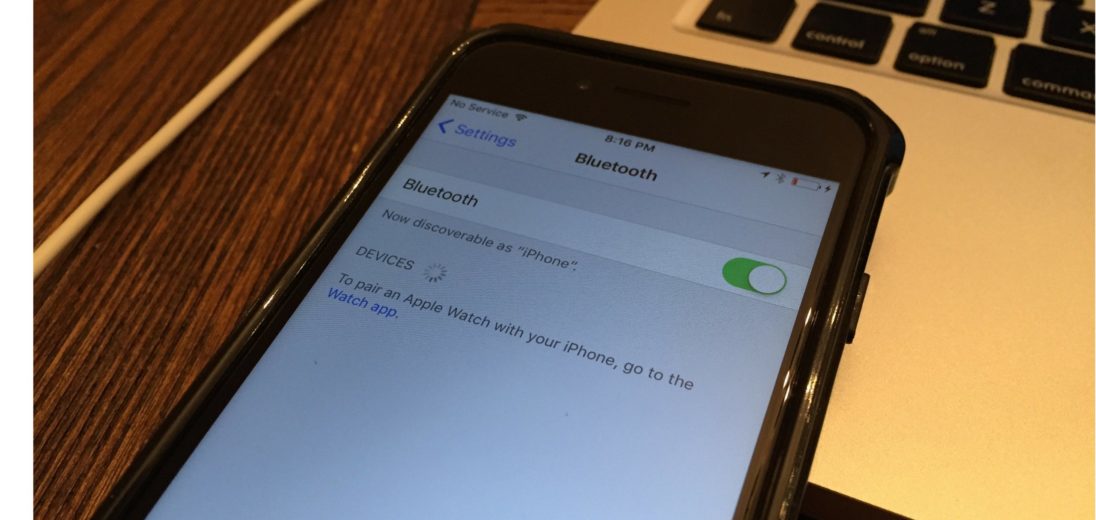
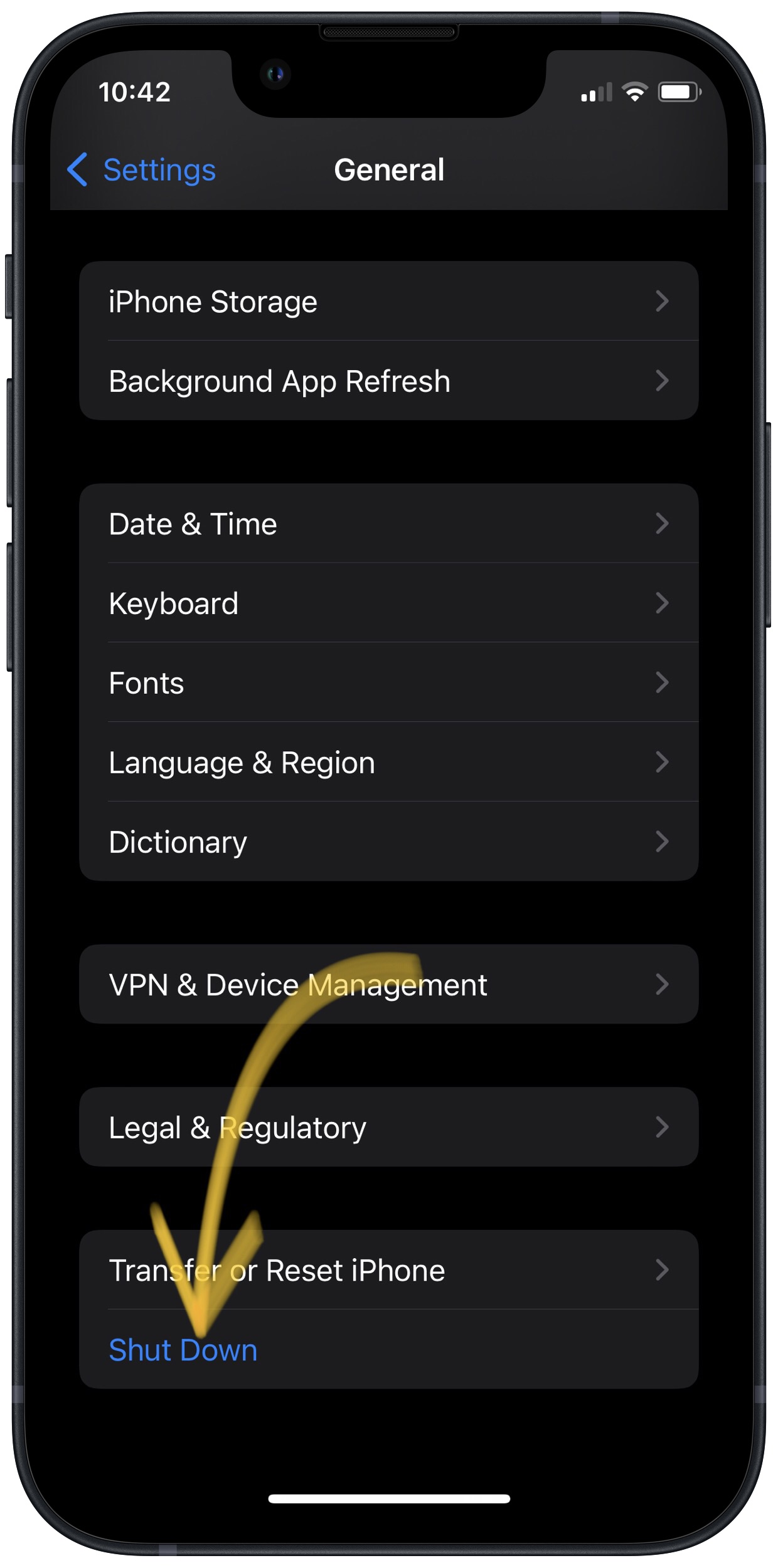
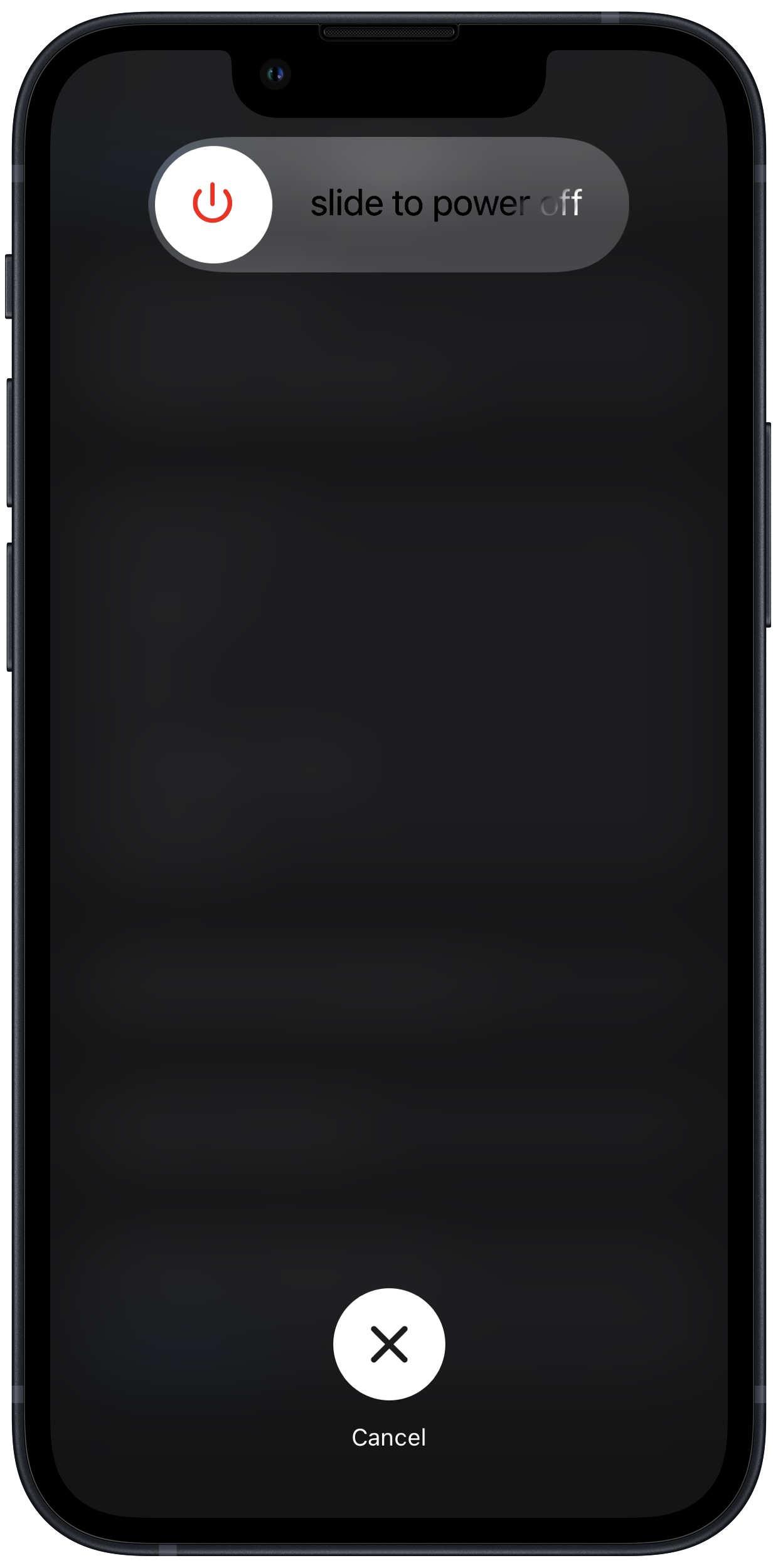
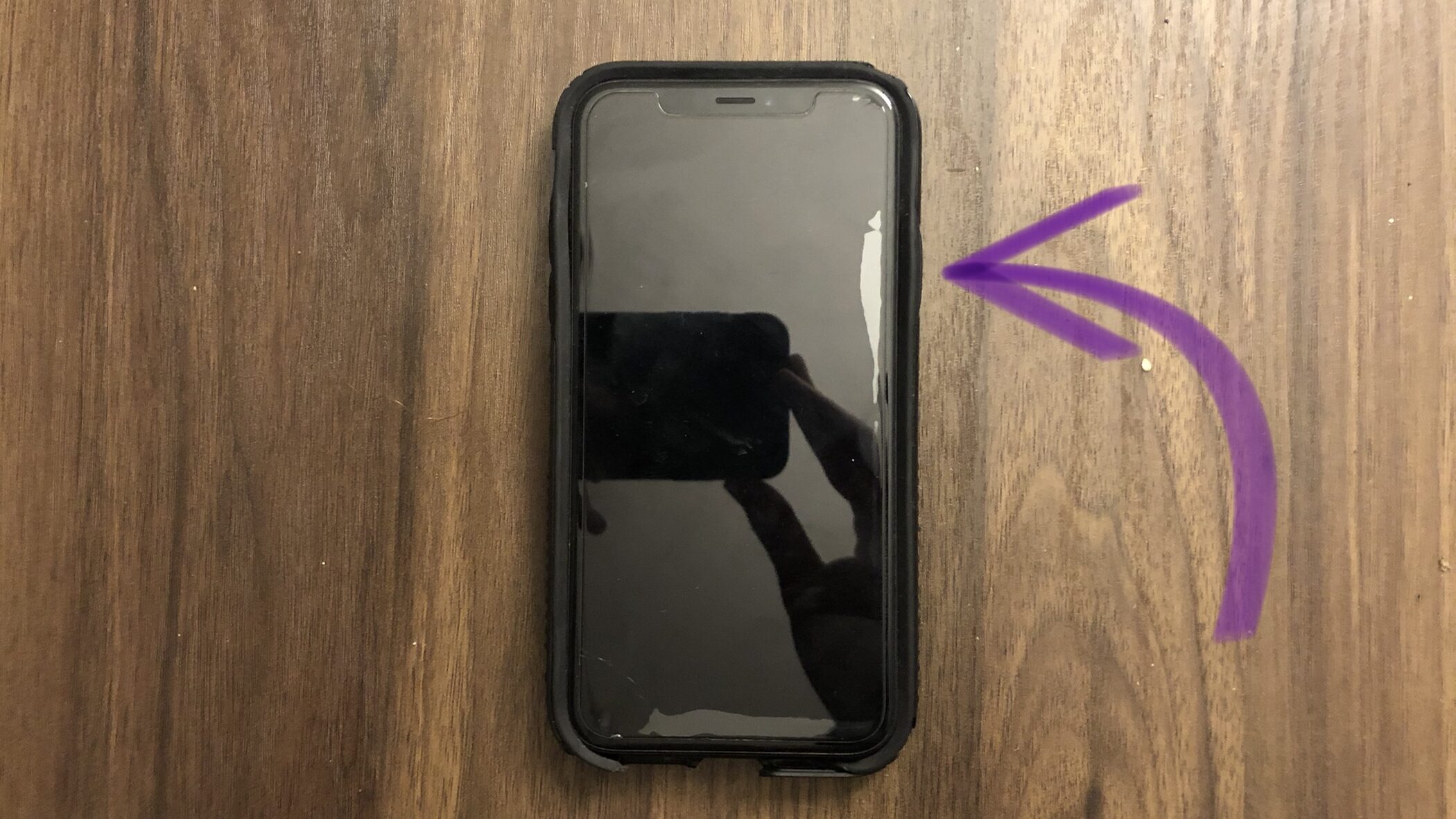
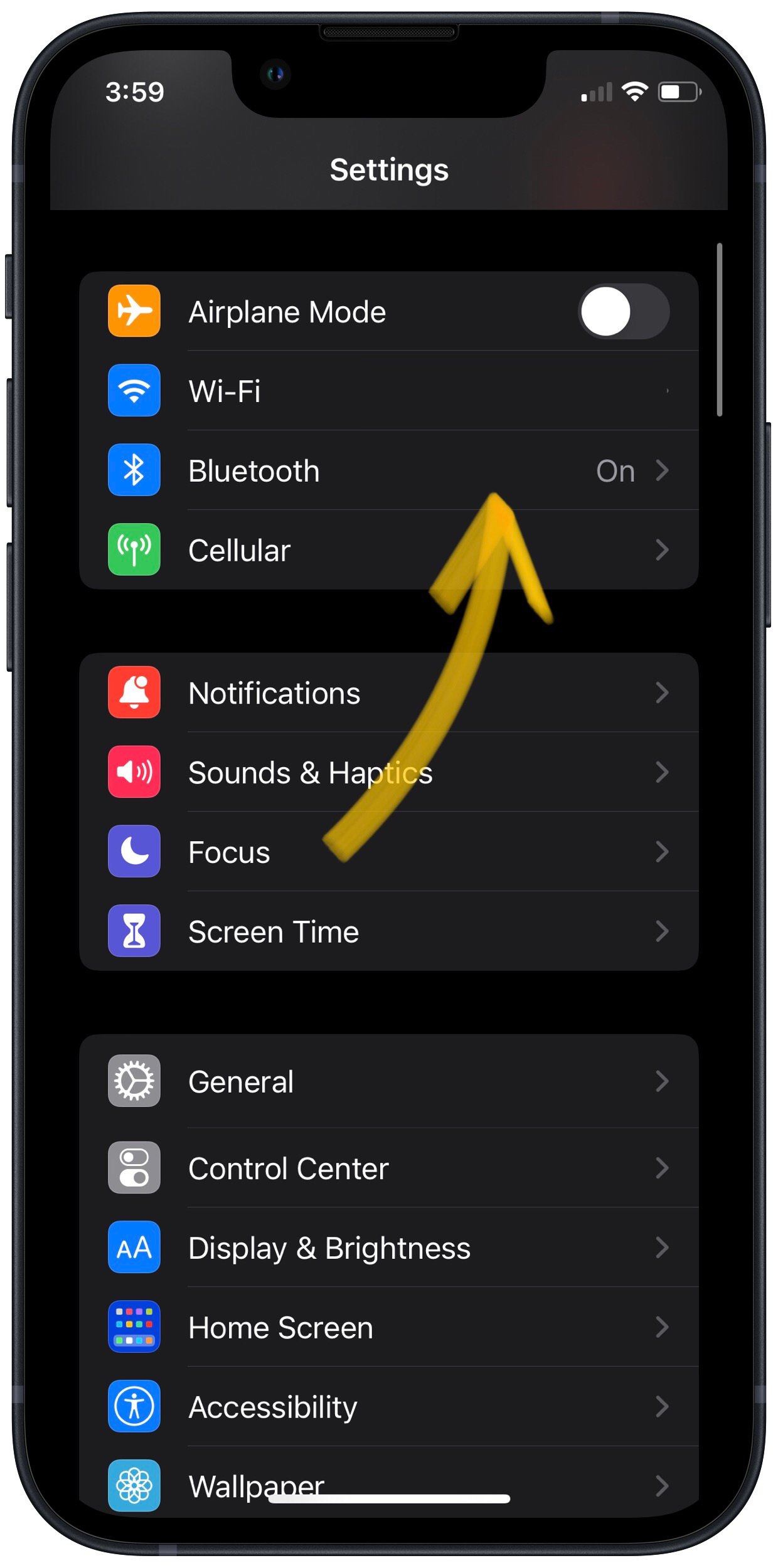
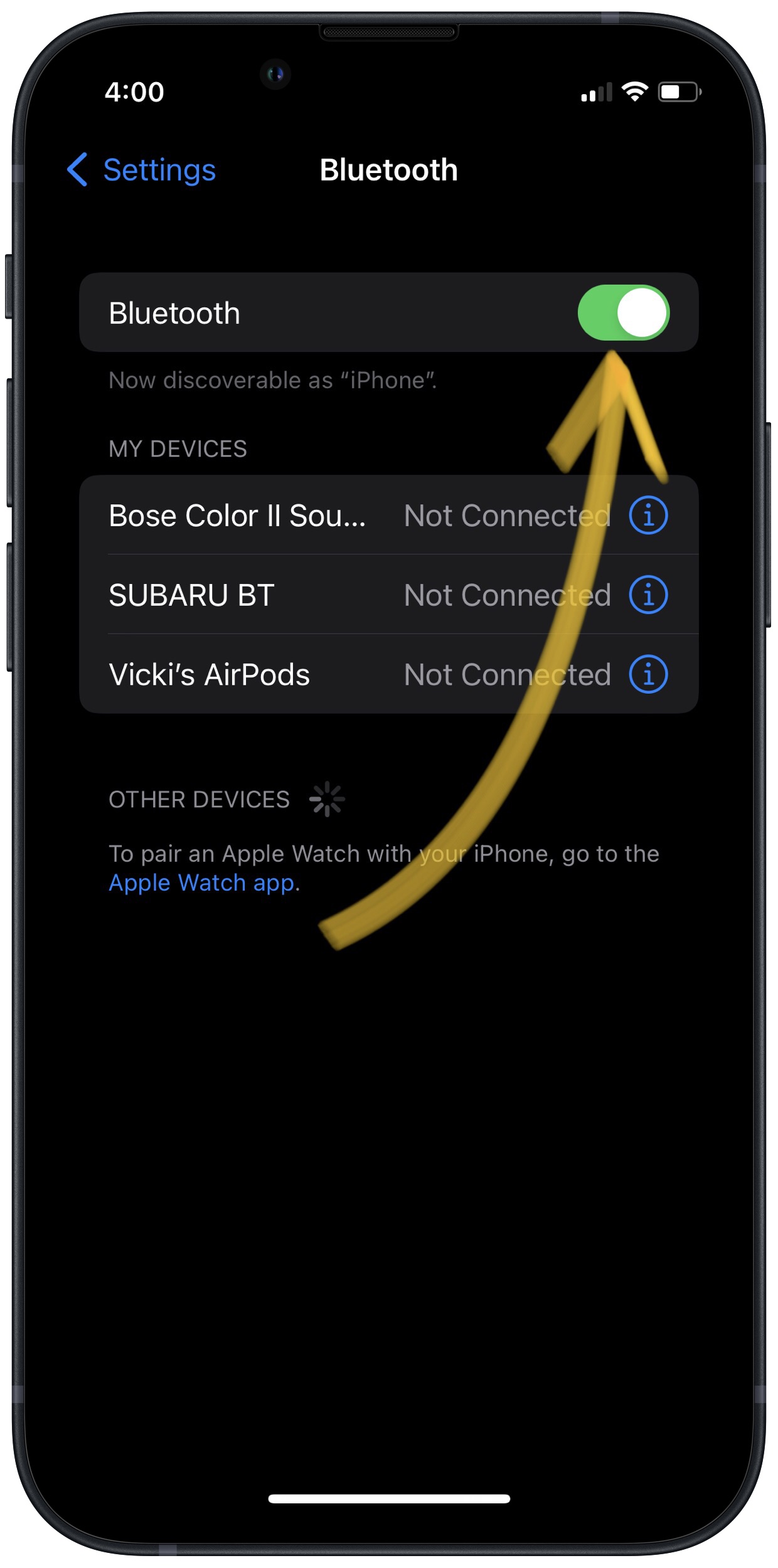
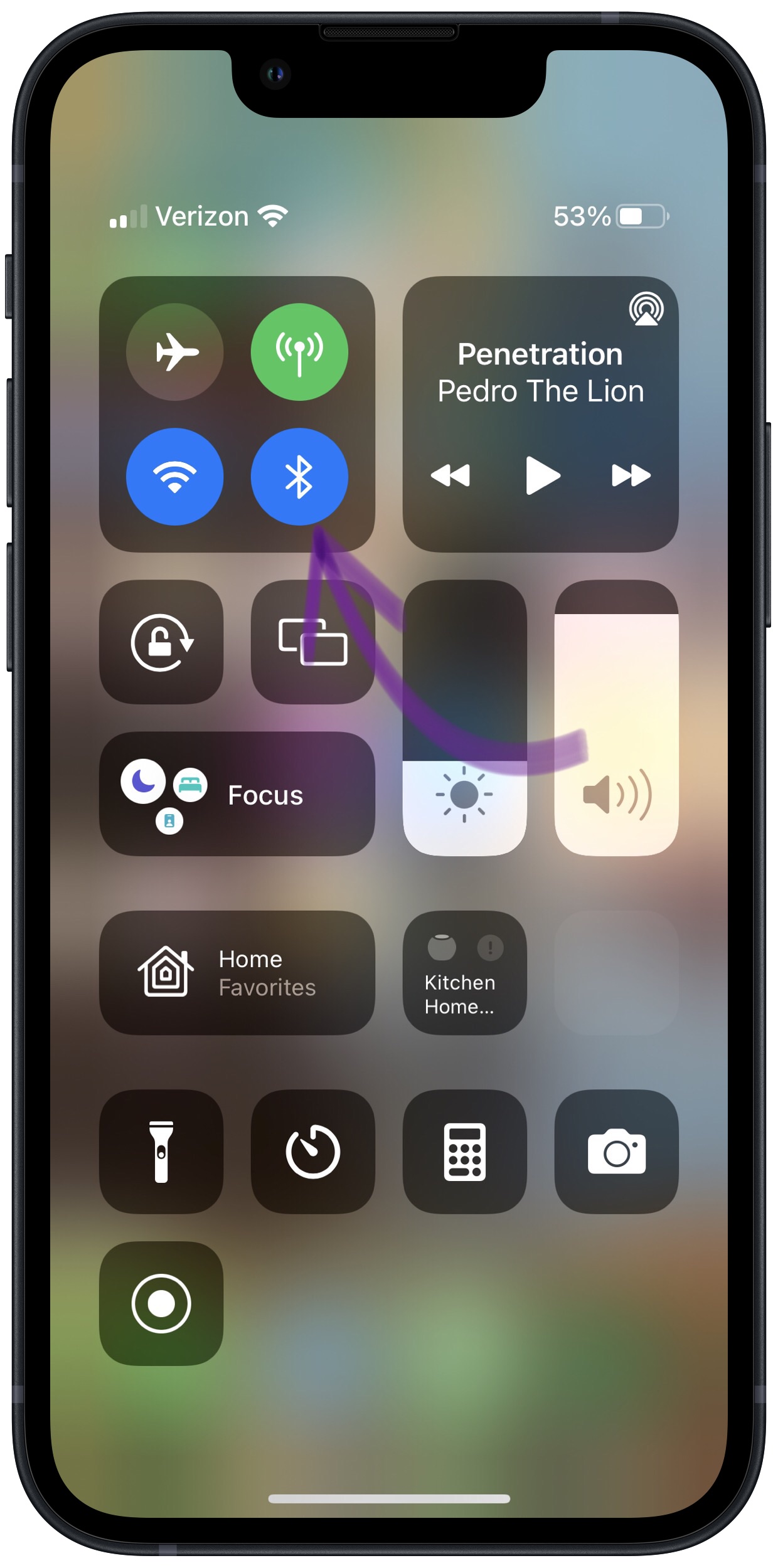
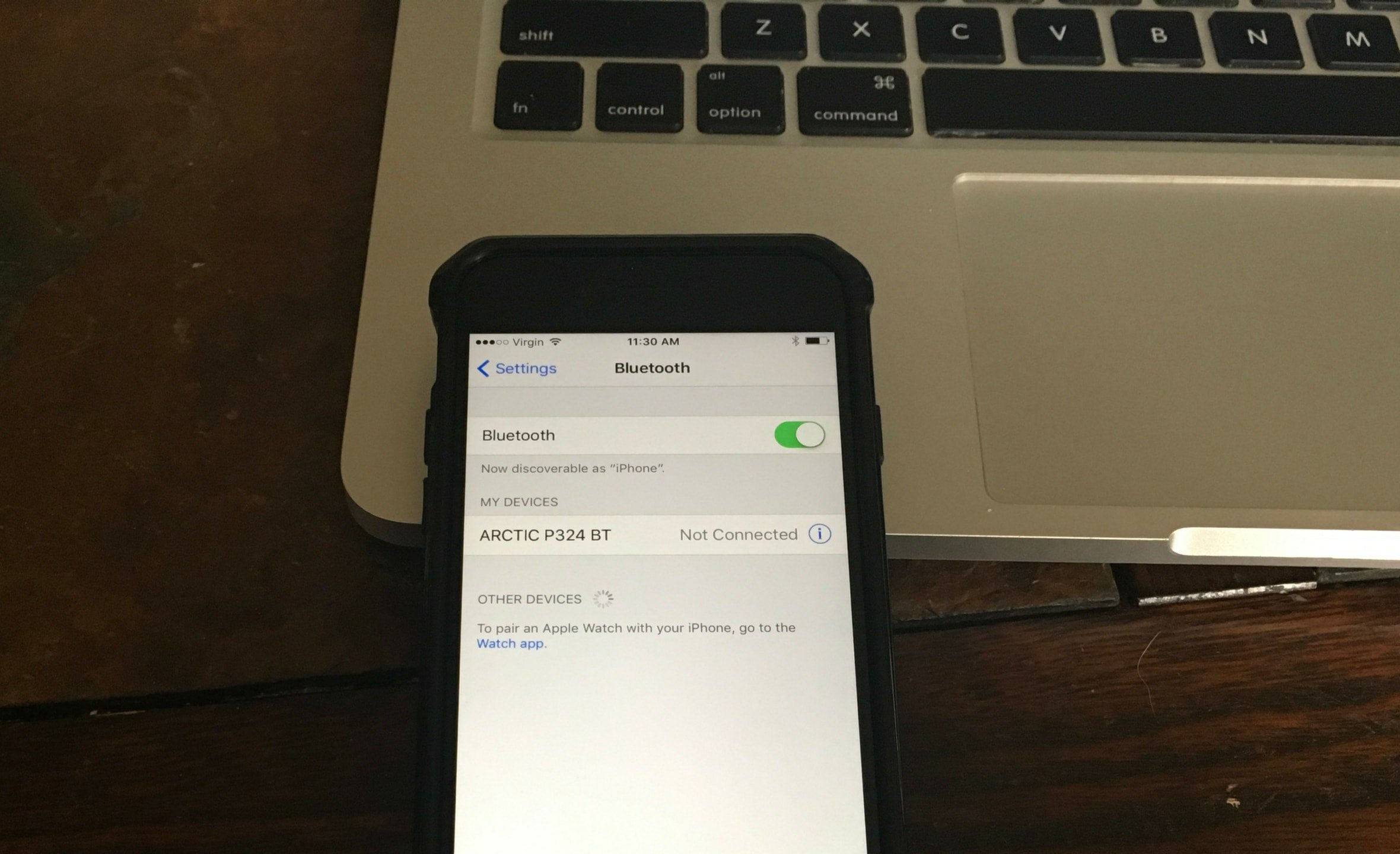
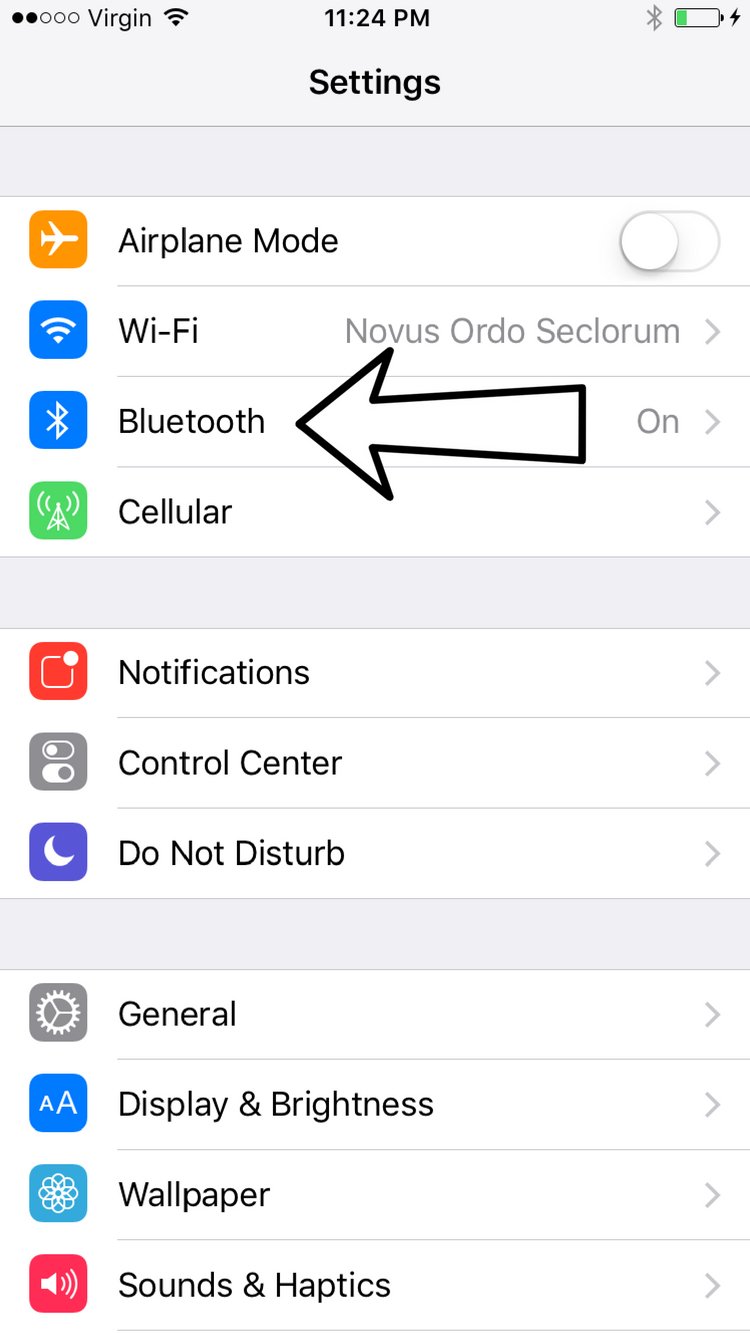
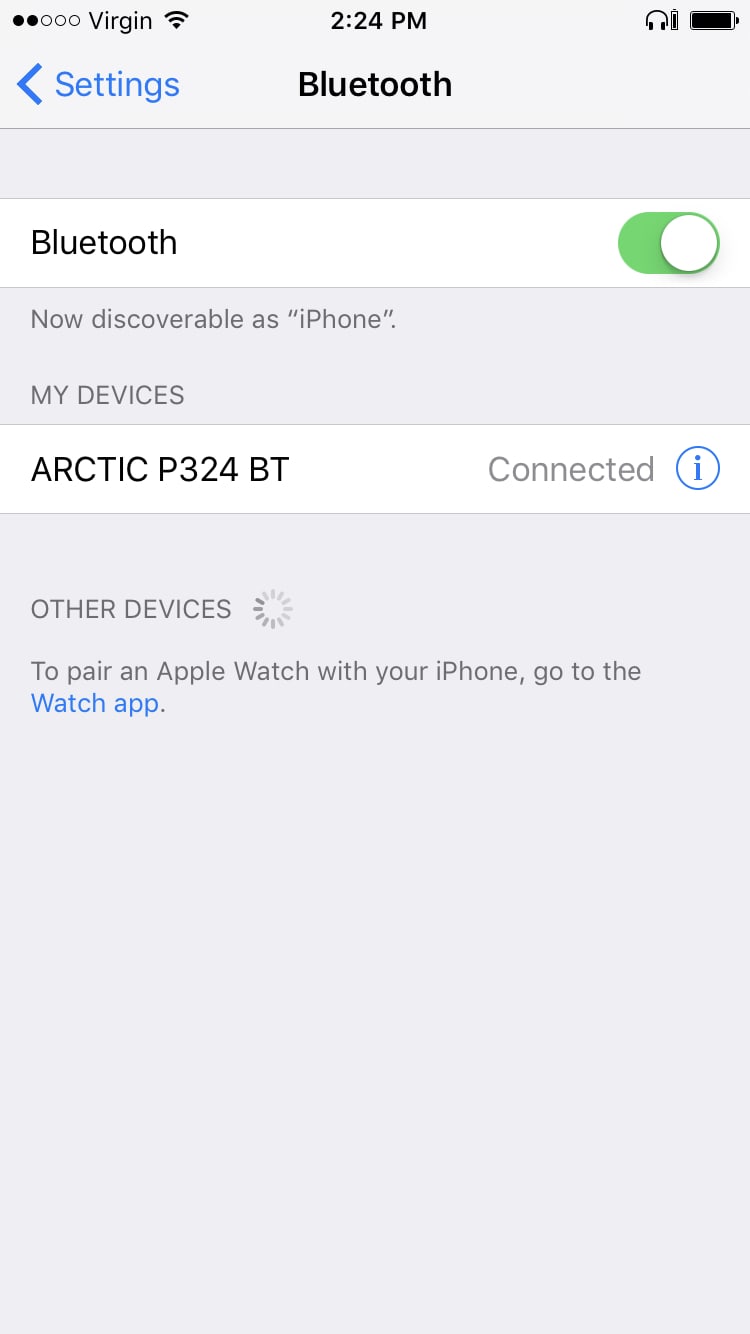
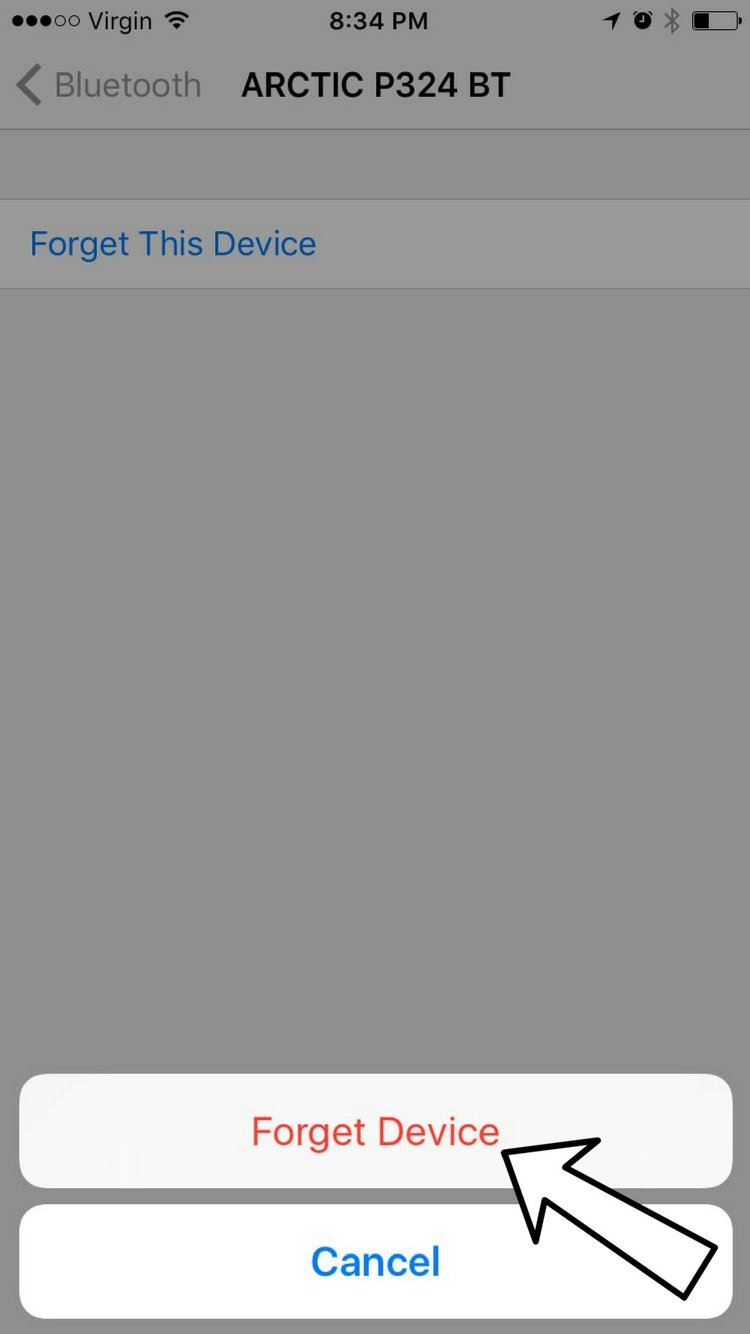
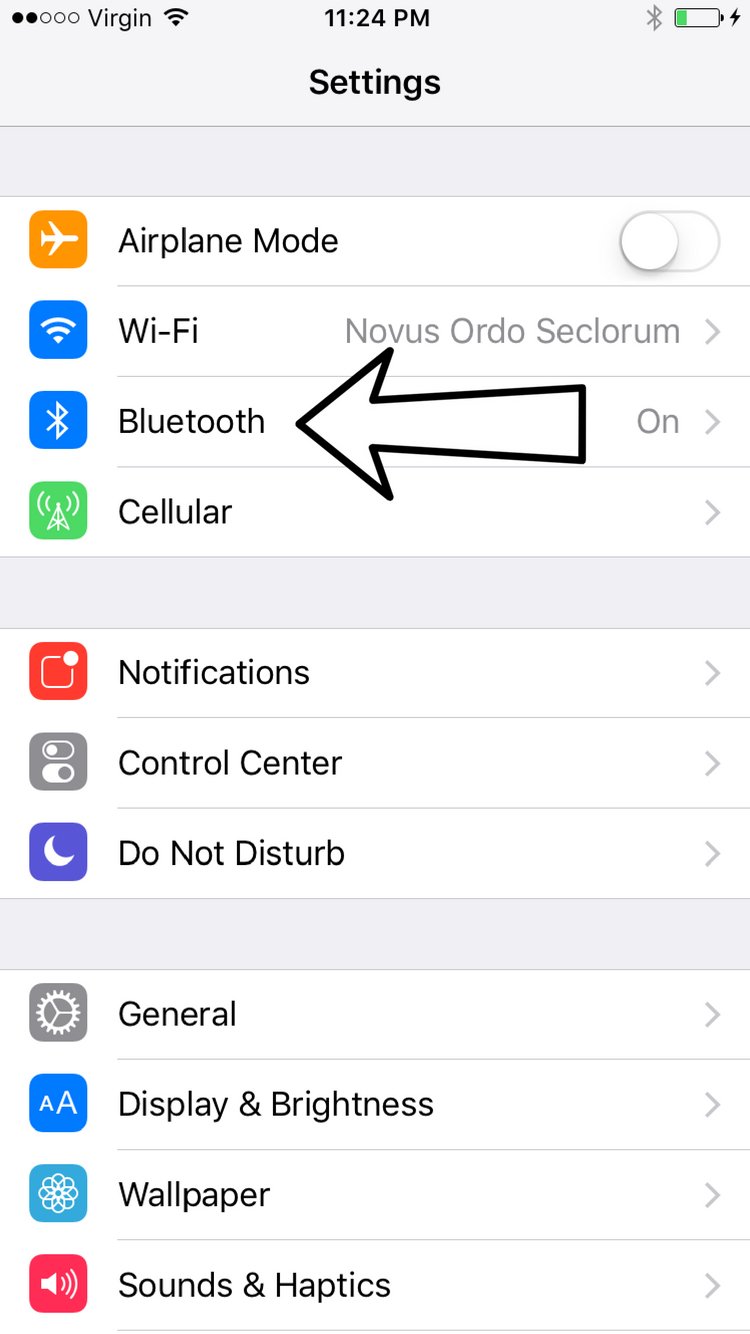
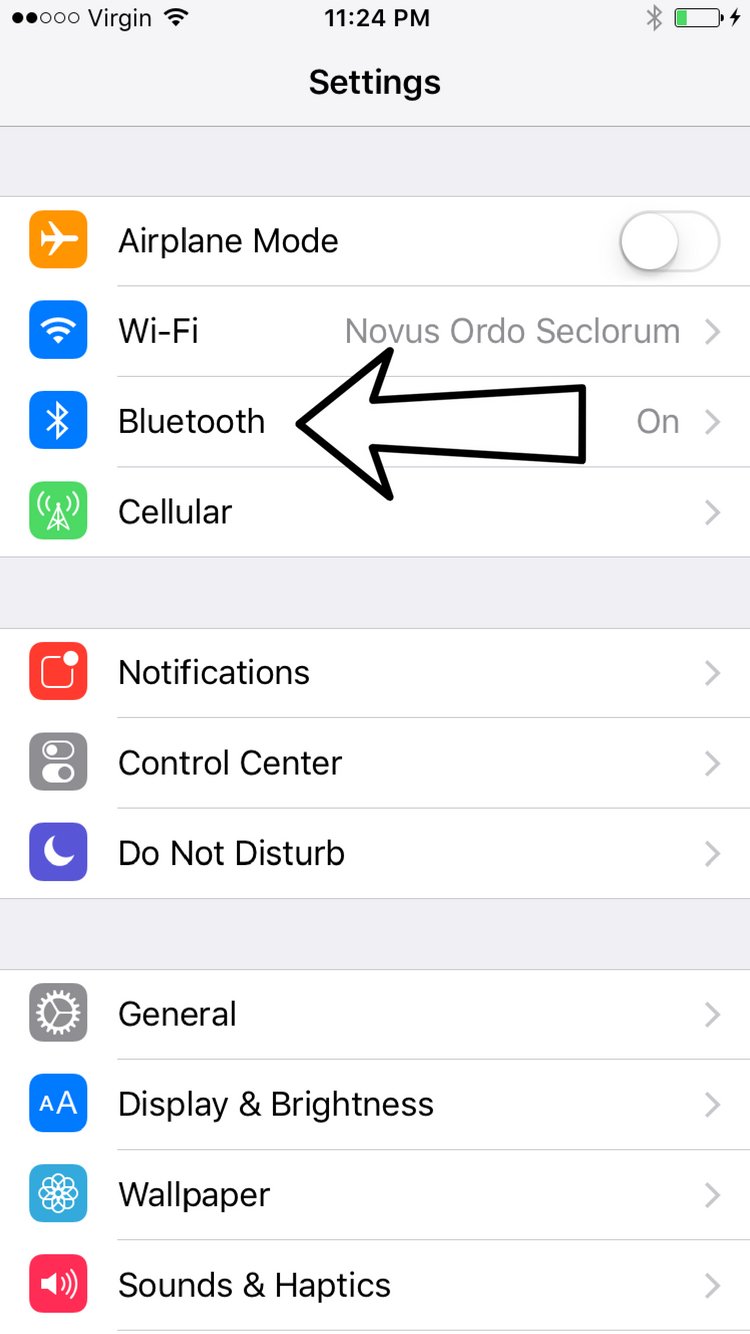
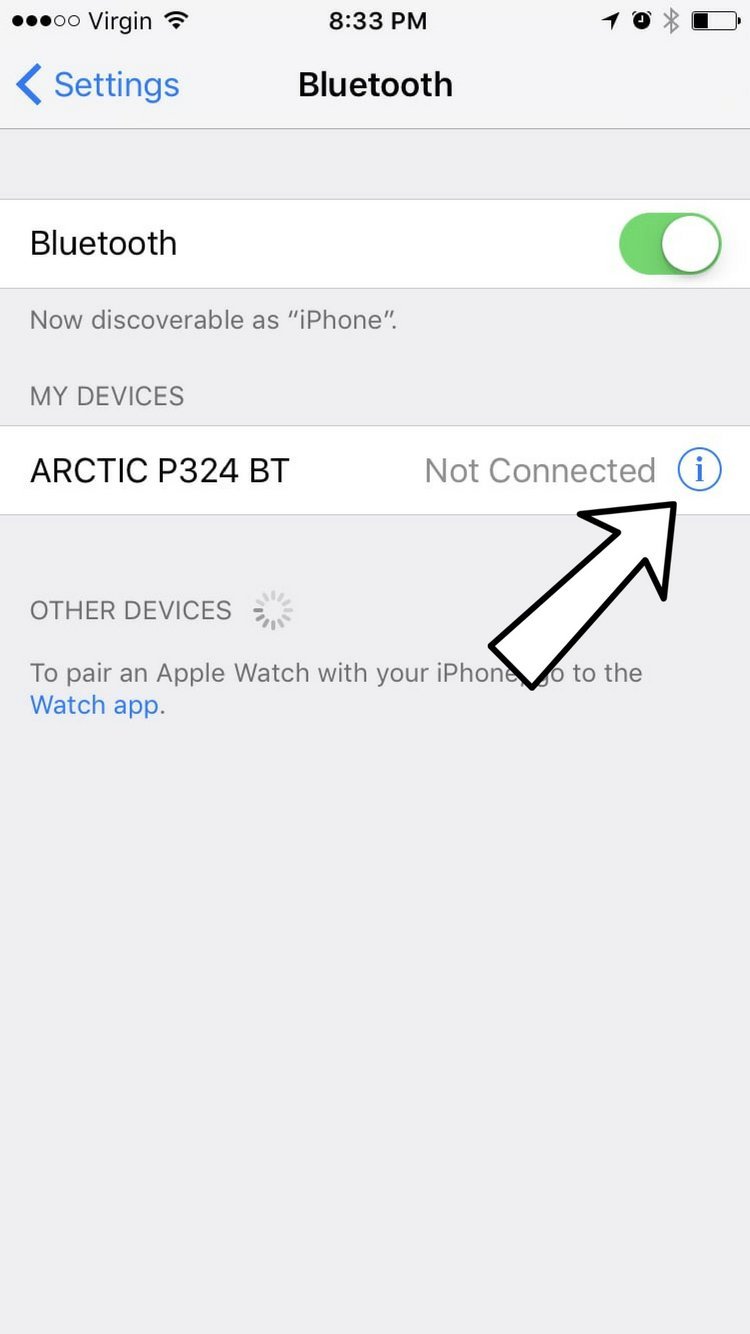
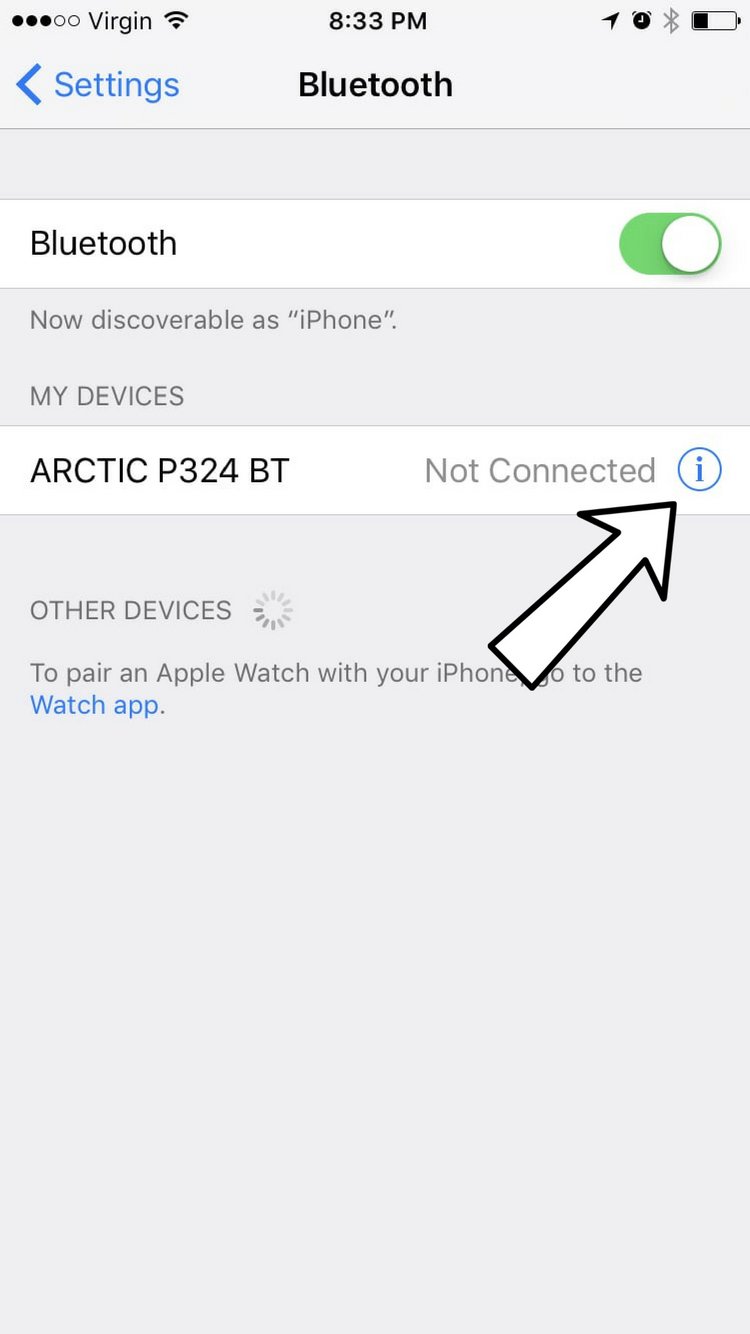
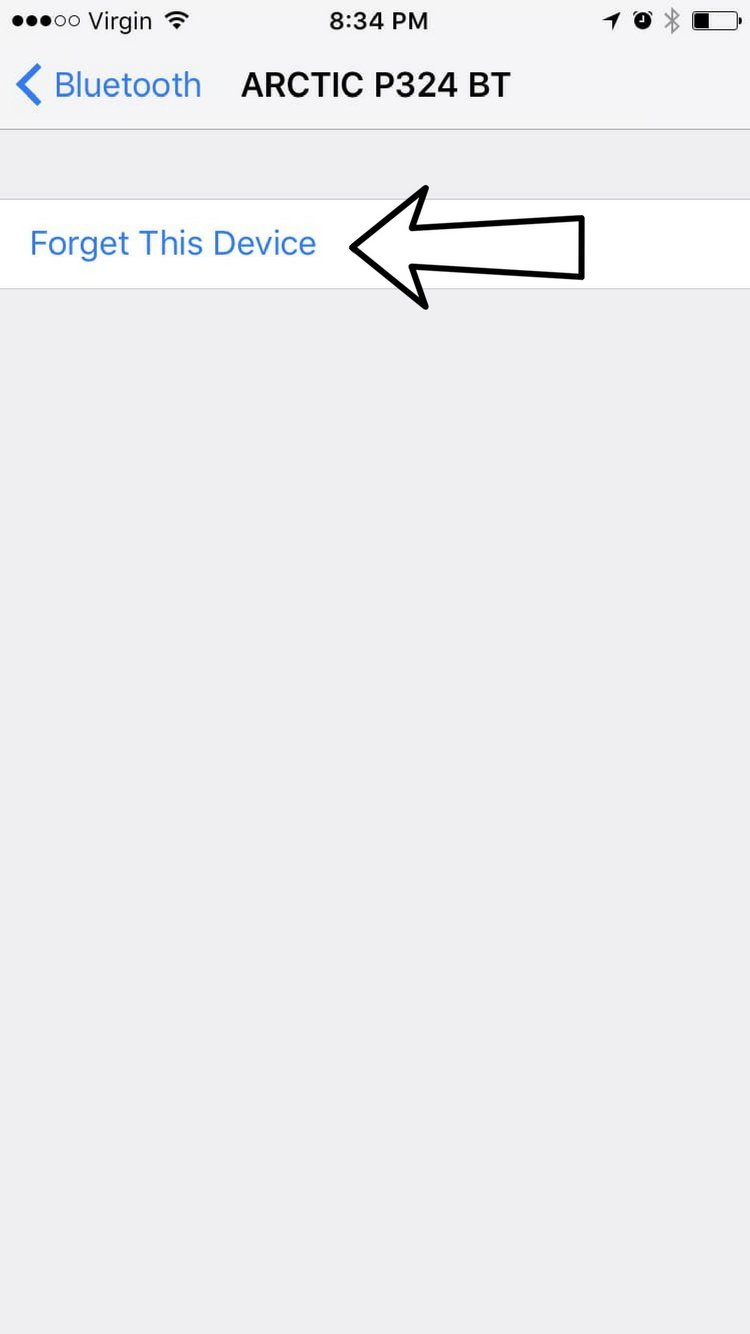
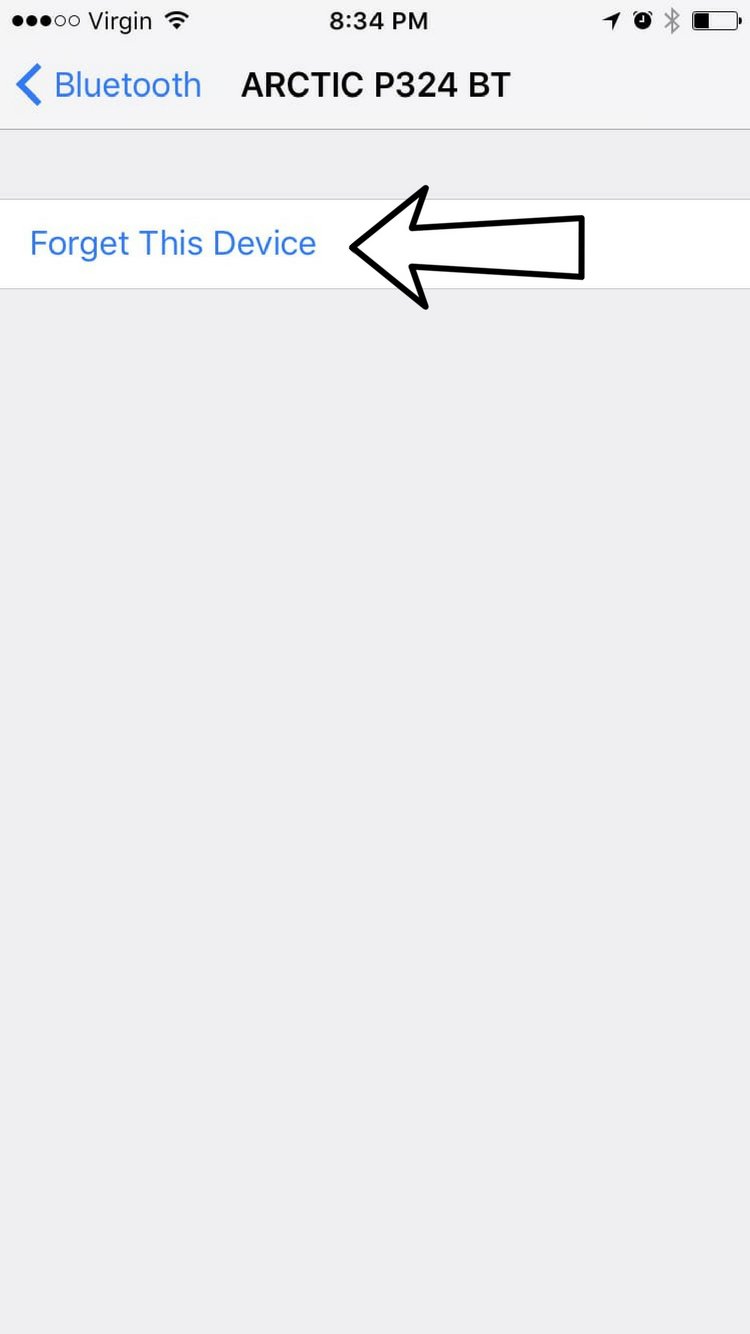
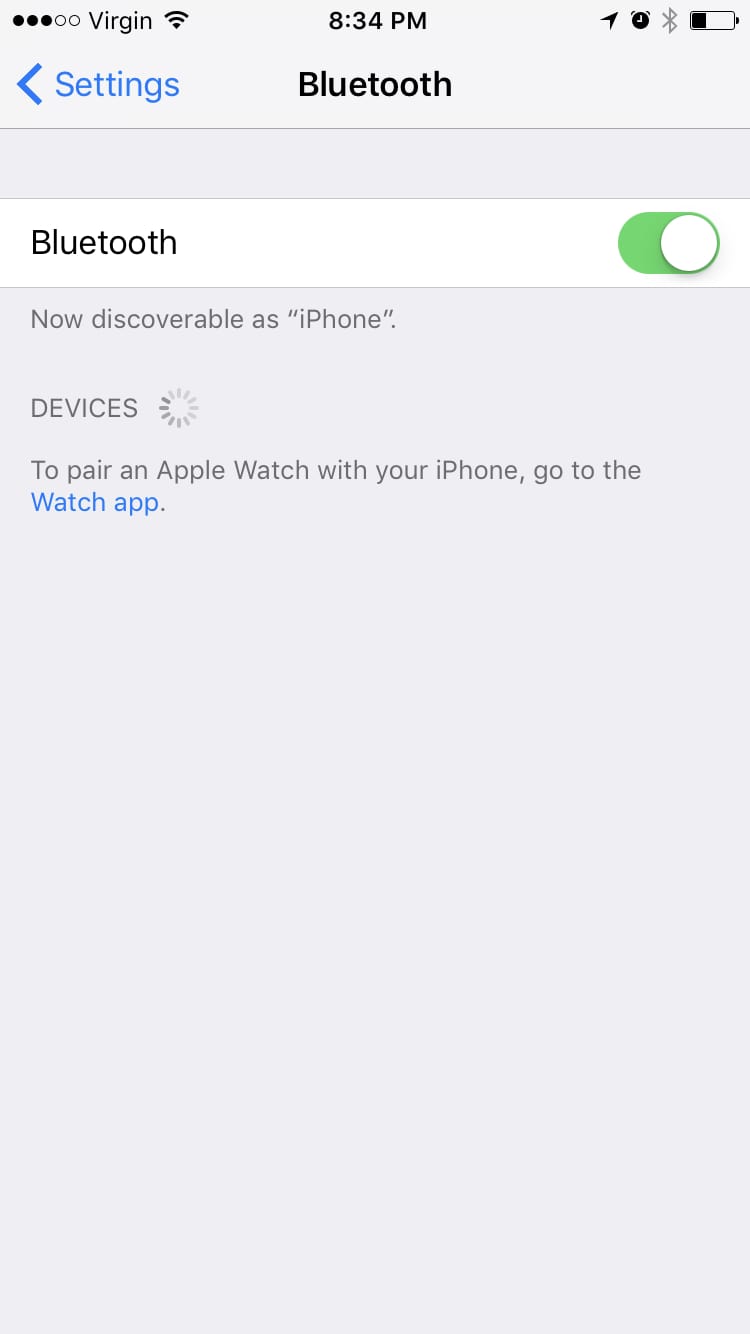
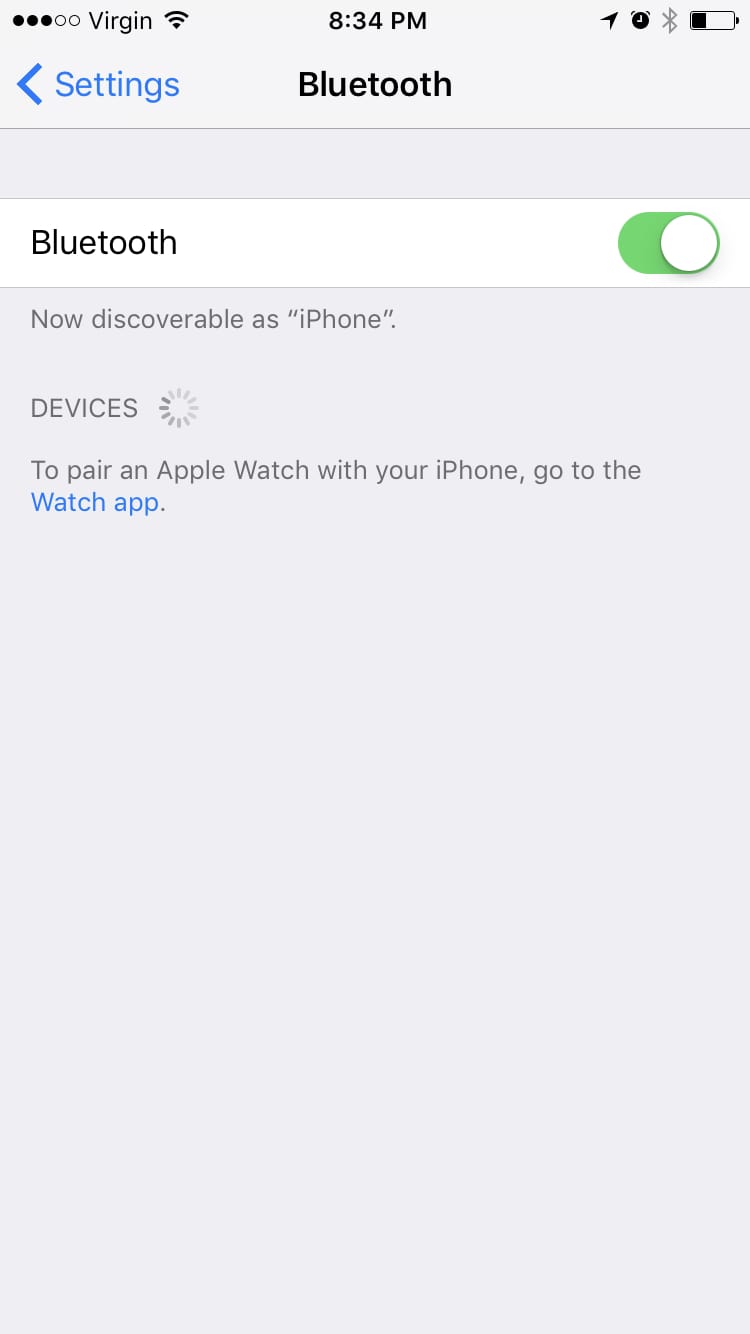
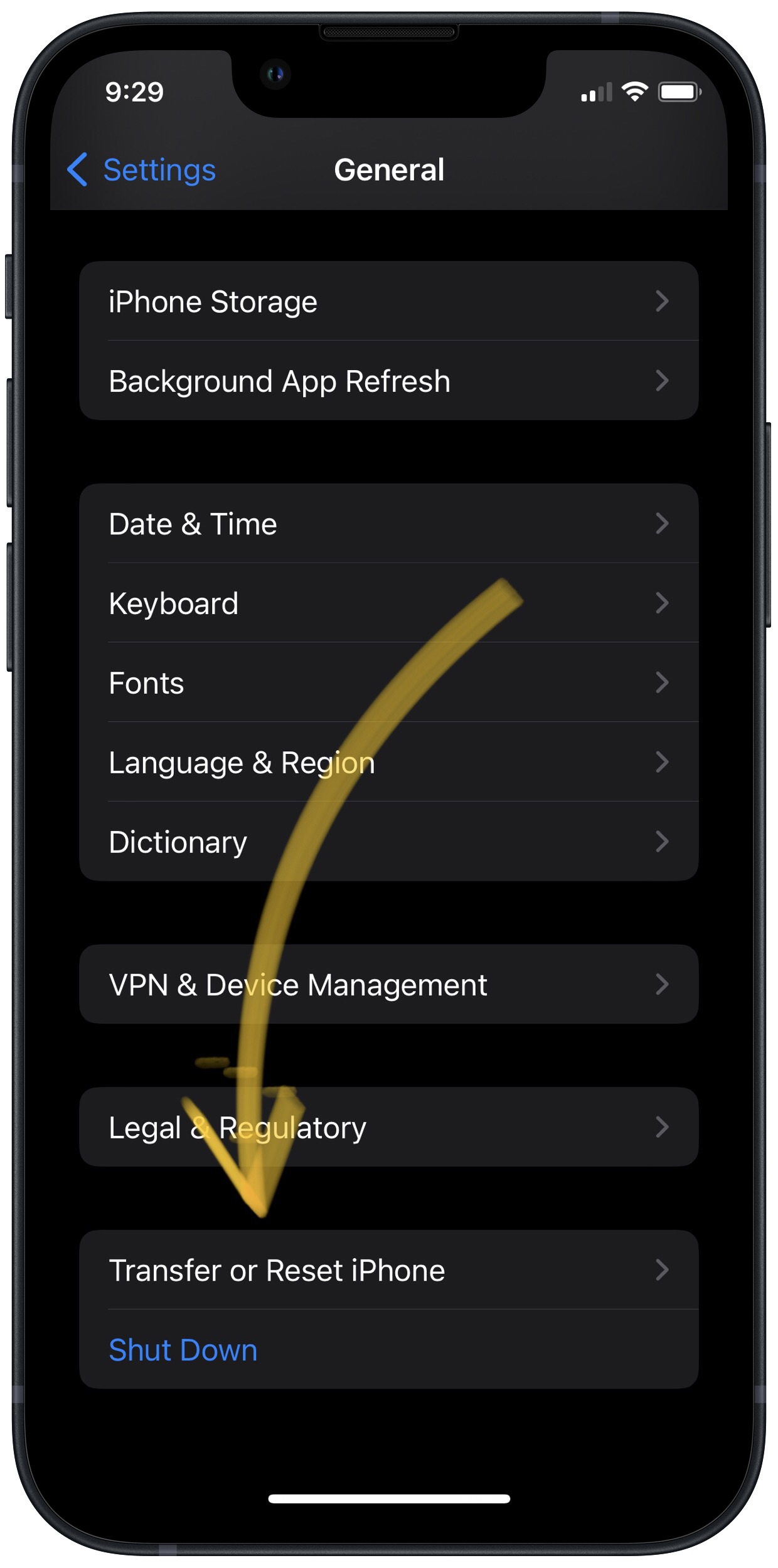
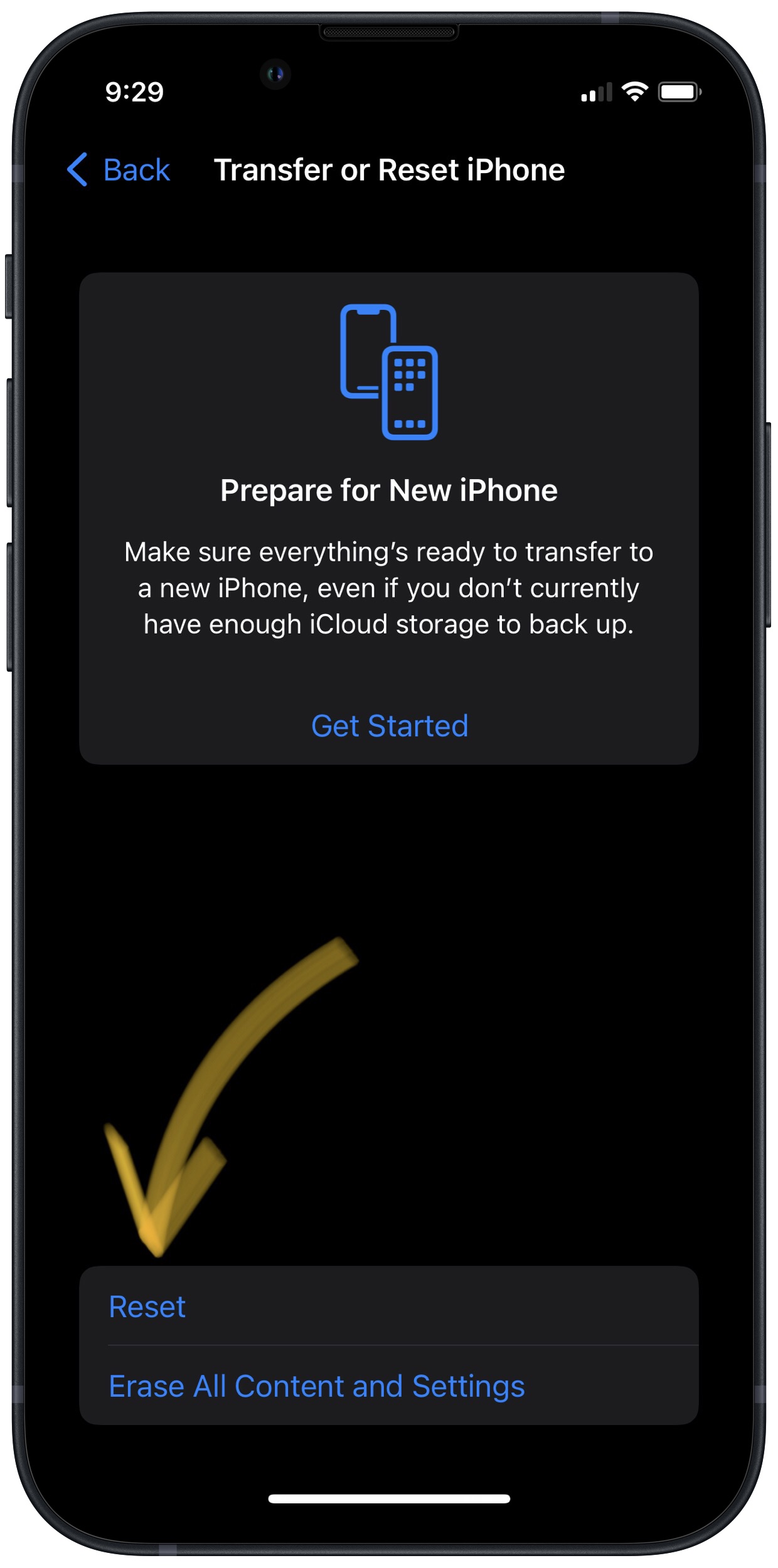
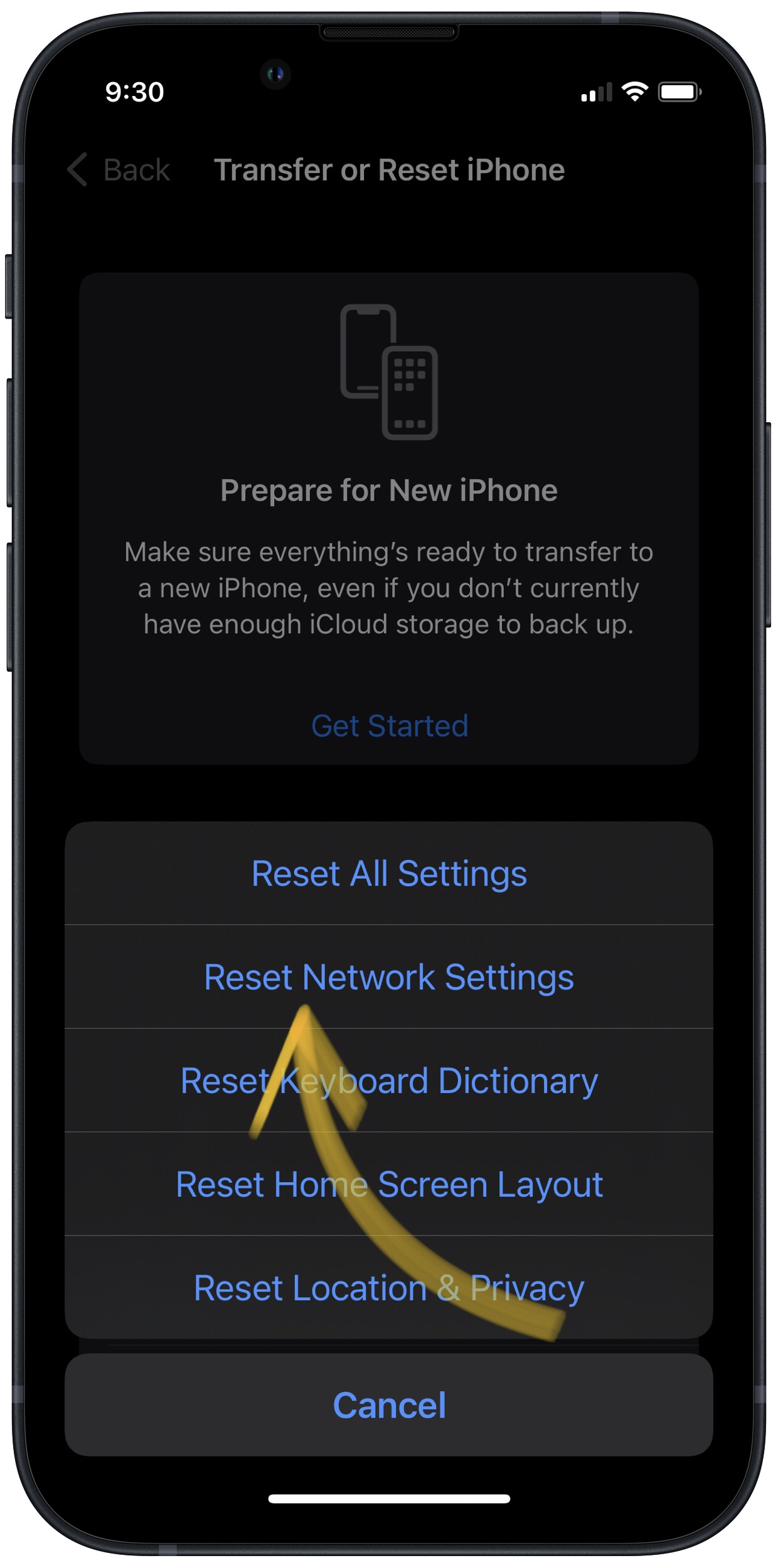
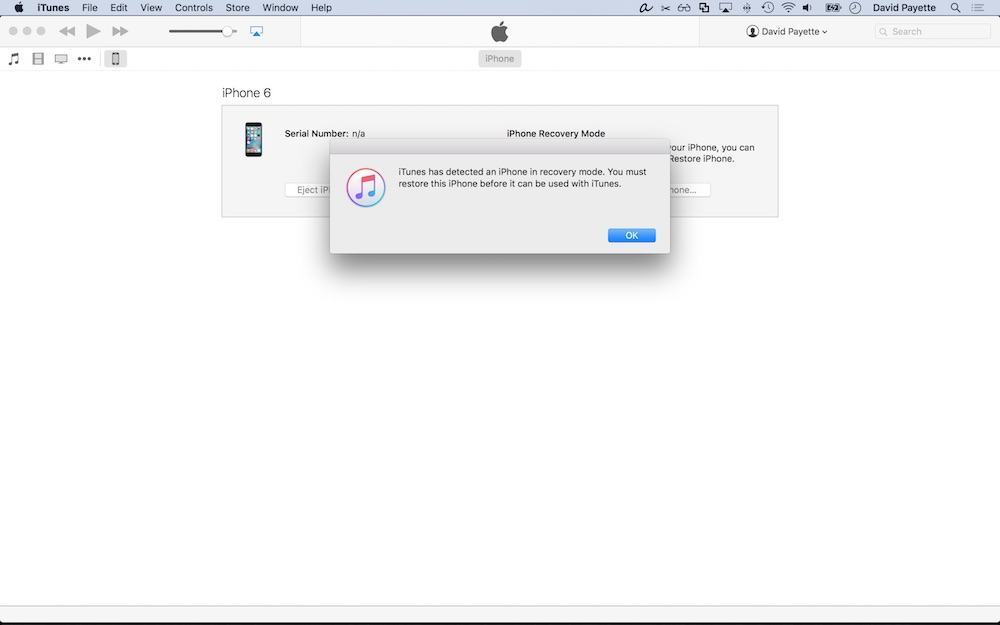
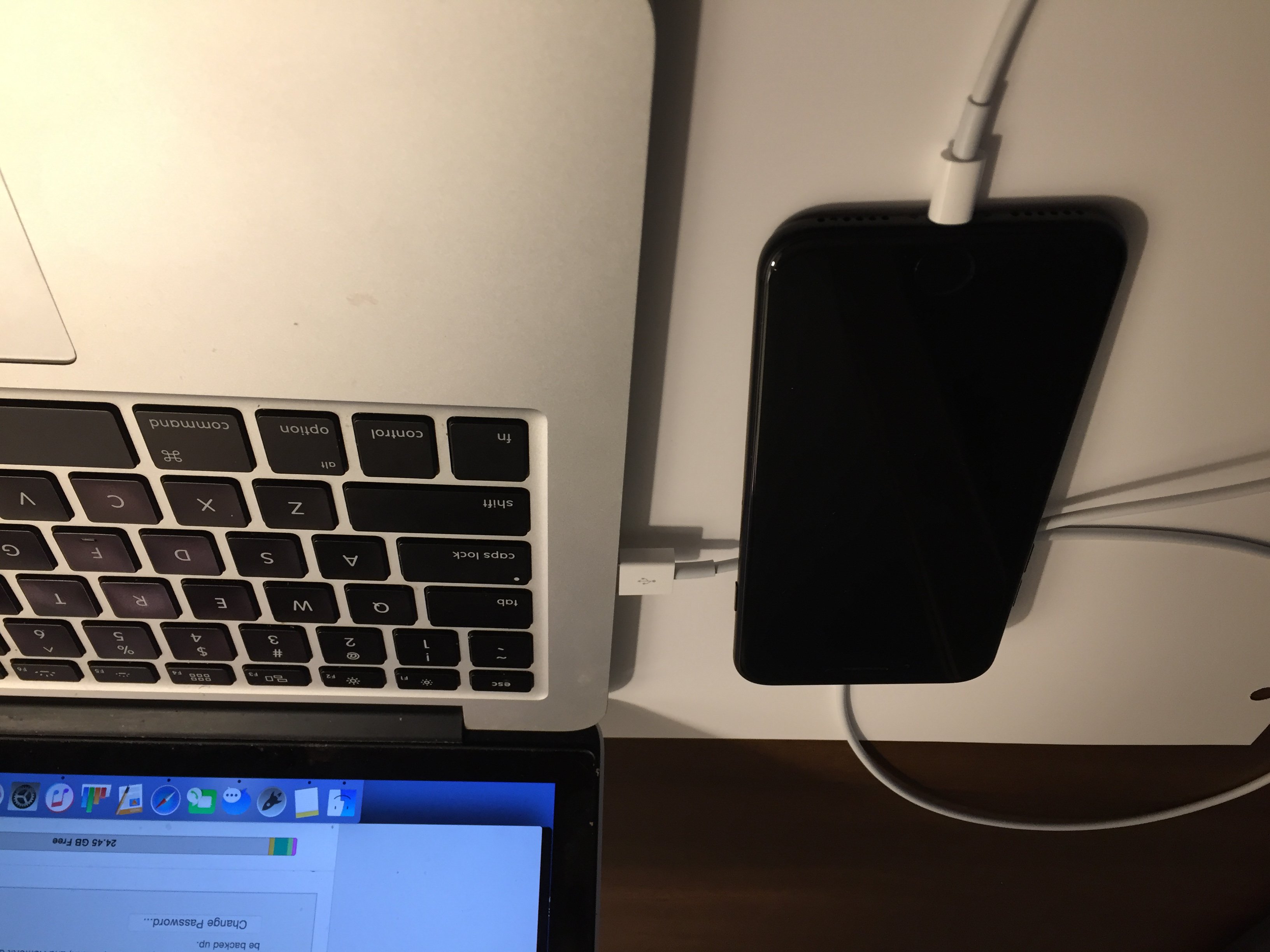
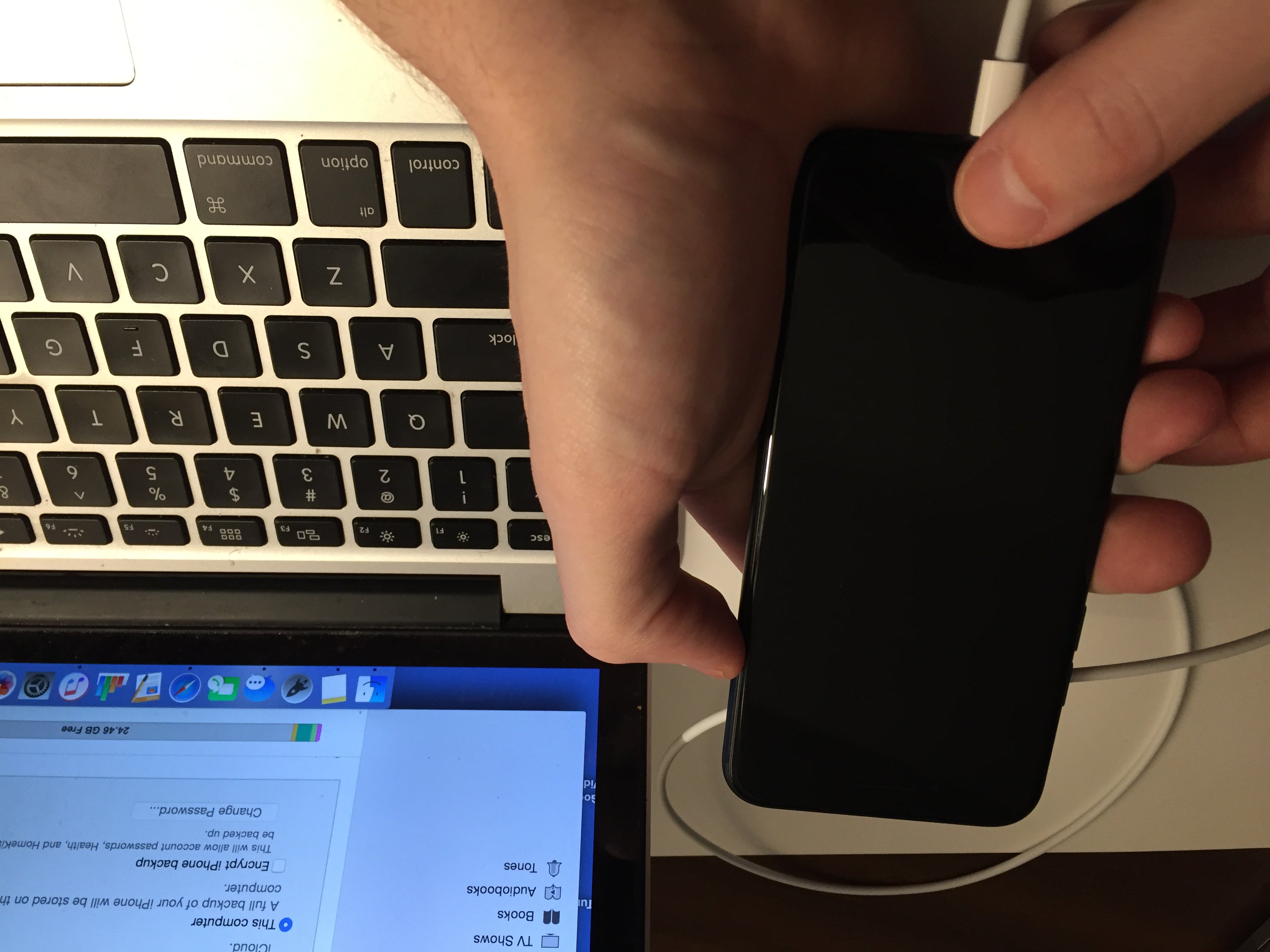
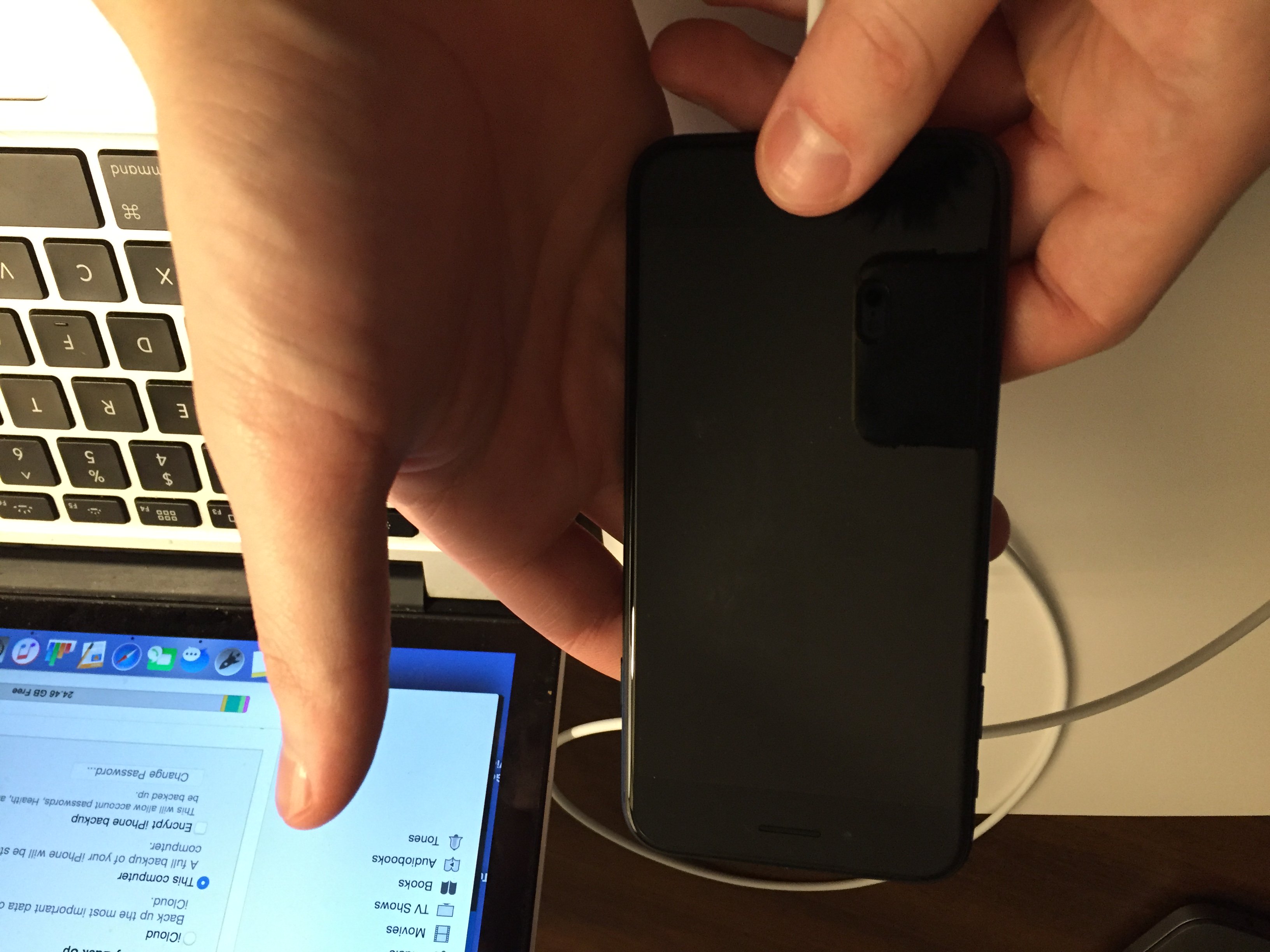
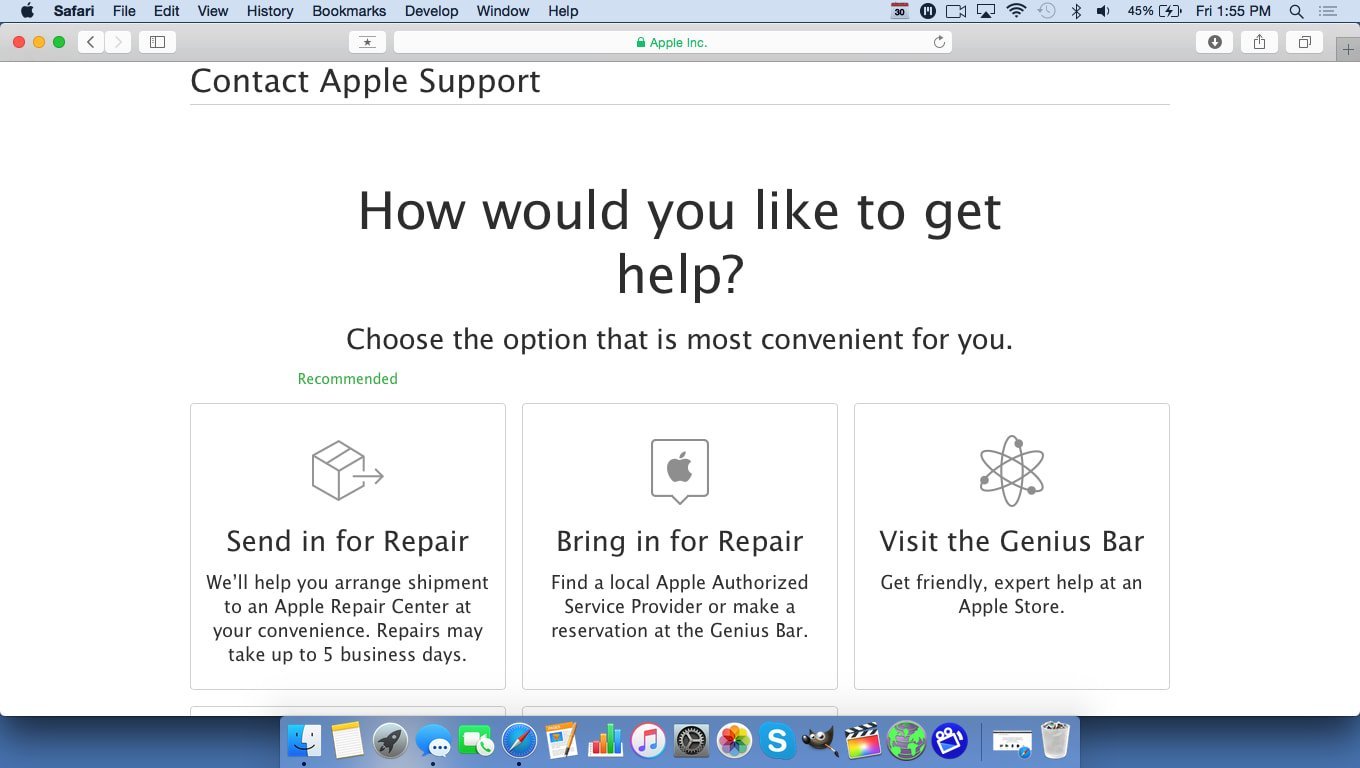
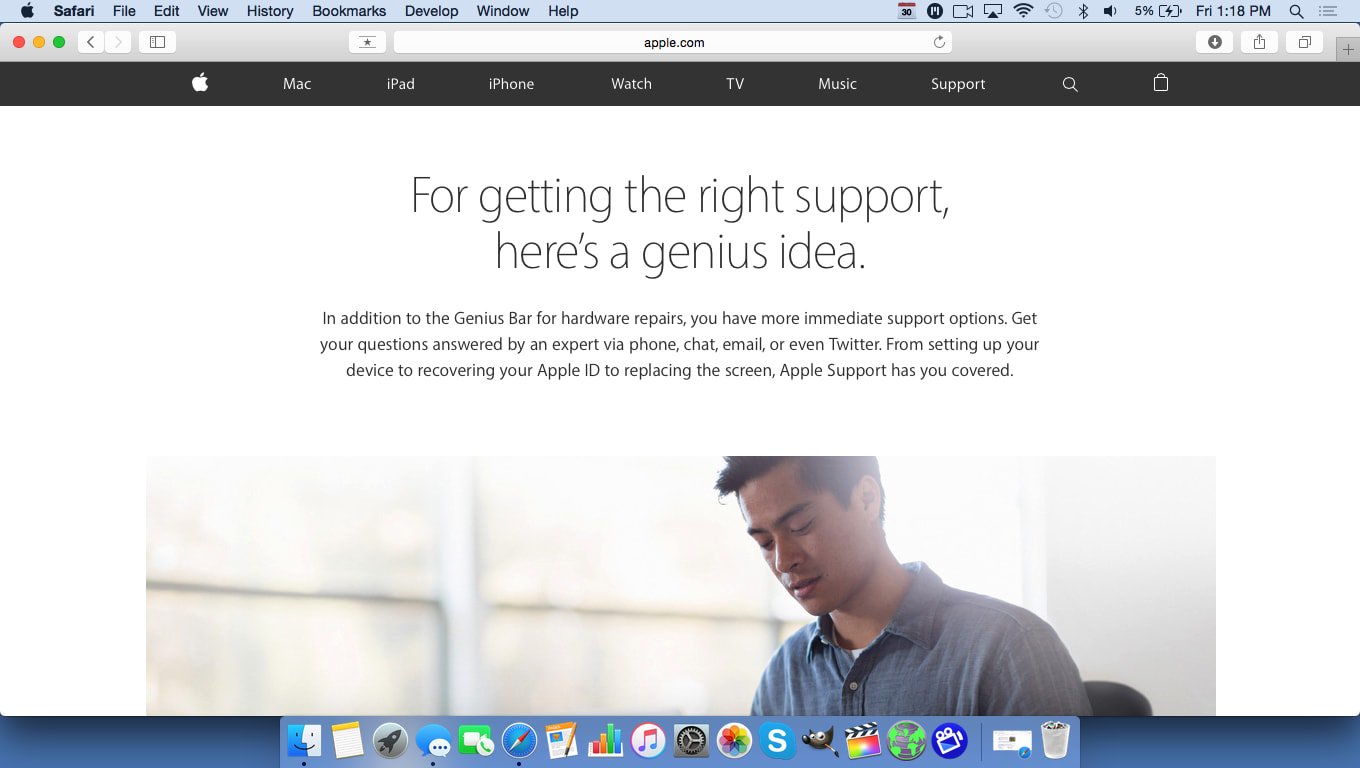
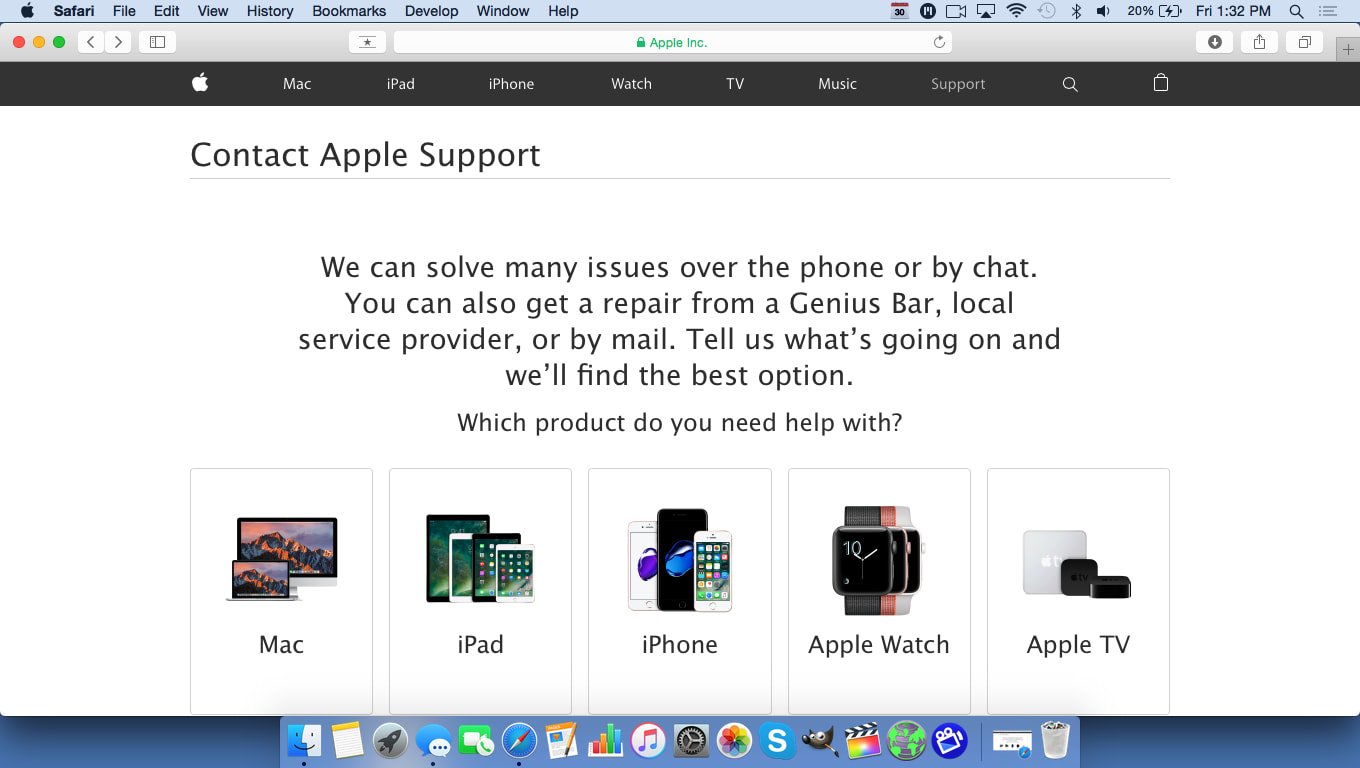
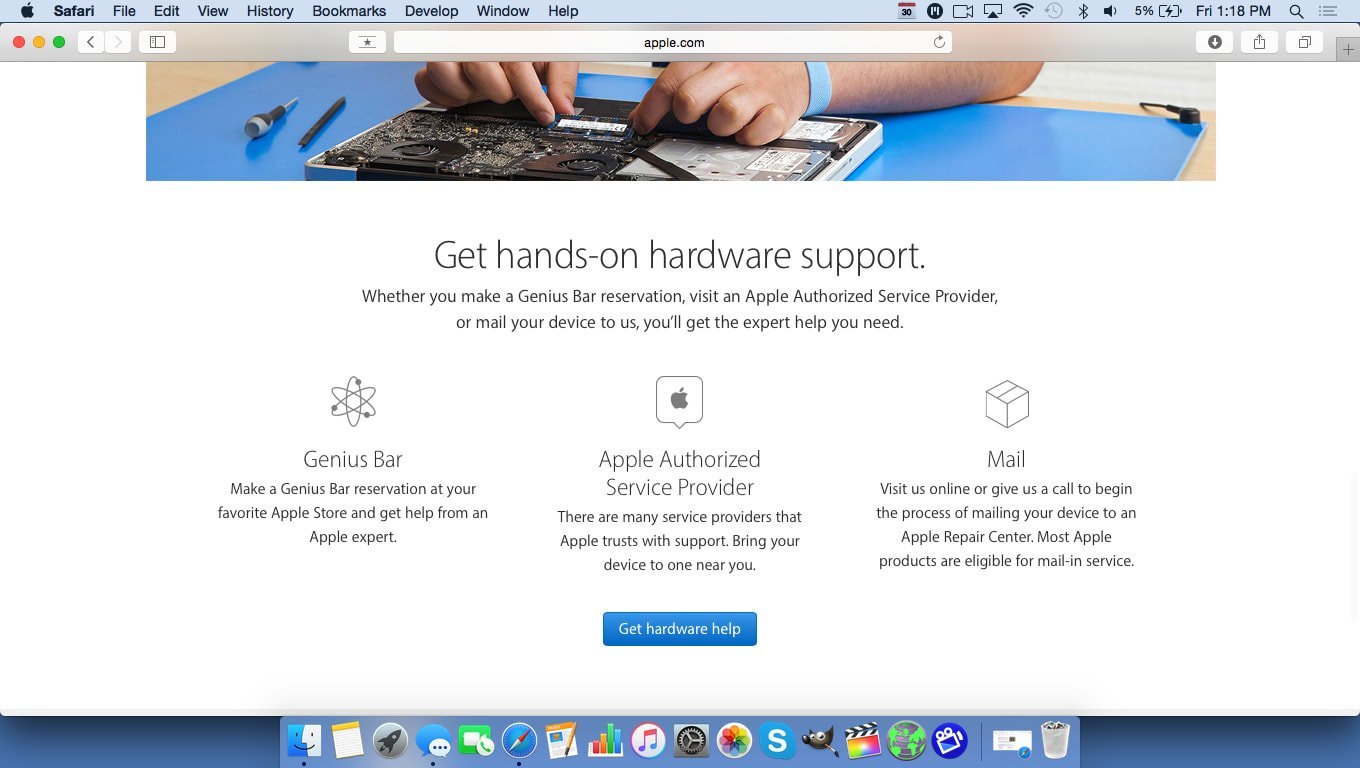
The bluetooth devices all connect to the PC. They all work. The only problem is the stinkin’ iphone which is always a POS. Your suggestion that when the device doesn’t work with the BT device when can then deduce that is the device that is the problem is therefore, incorrect. The only thing not working here is the phone. Your above suggestions take a long time and are based on faulty logic. I recommend a revision.
One last scenario, my 7 Plus can connect to my SE iPhone and see a neighbours device, but not my BoomBox2, my SE can see my 7Plus, my neighbours device and connect to both the BoomBox and 7Plus. Don’t see how it can be the BoomBox, I am going to delete pairings on the boombox just to double check. Thanks